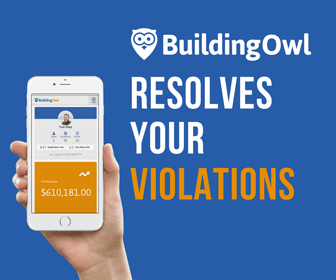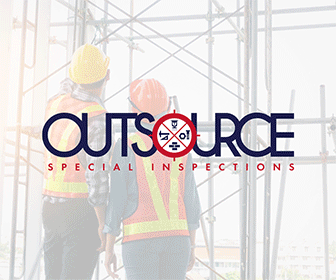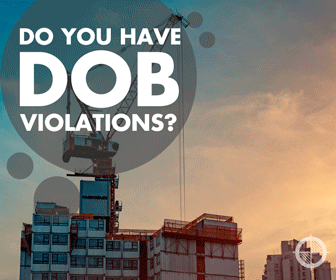
Powering Up: Applications Open for E-Bike Charging Cabinets
The New York City Department of Transportation (DOT) is rolling out sidewalk charging stations for e-bikes to reduce deadly fires caused by lithium-ion batteries.
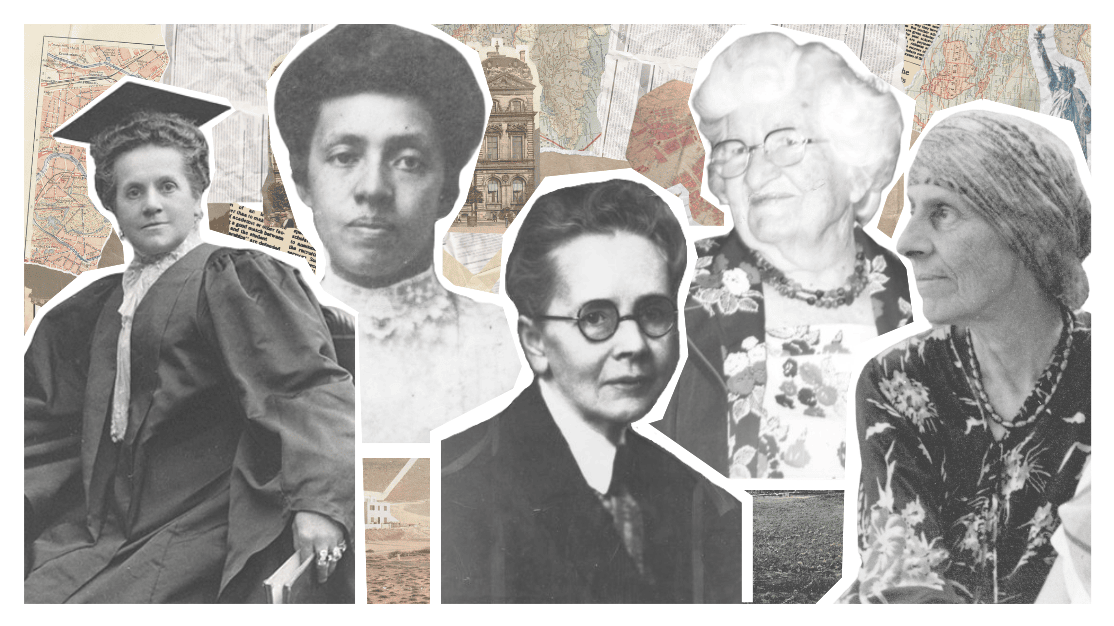
Building Inclusivity: Women Who Paved the Way
As part two of our “building inclusivity” series, this March we will be celebrating the long history of women in the construction field; from empowering stories of accomplishment to unveiled hidden histories, this article seeks to uncover the lesser-known voices that helped build this industry.
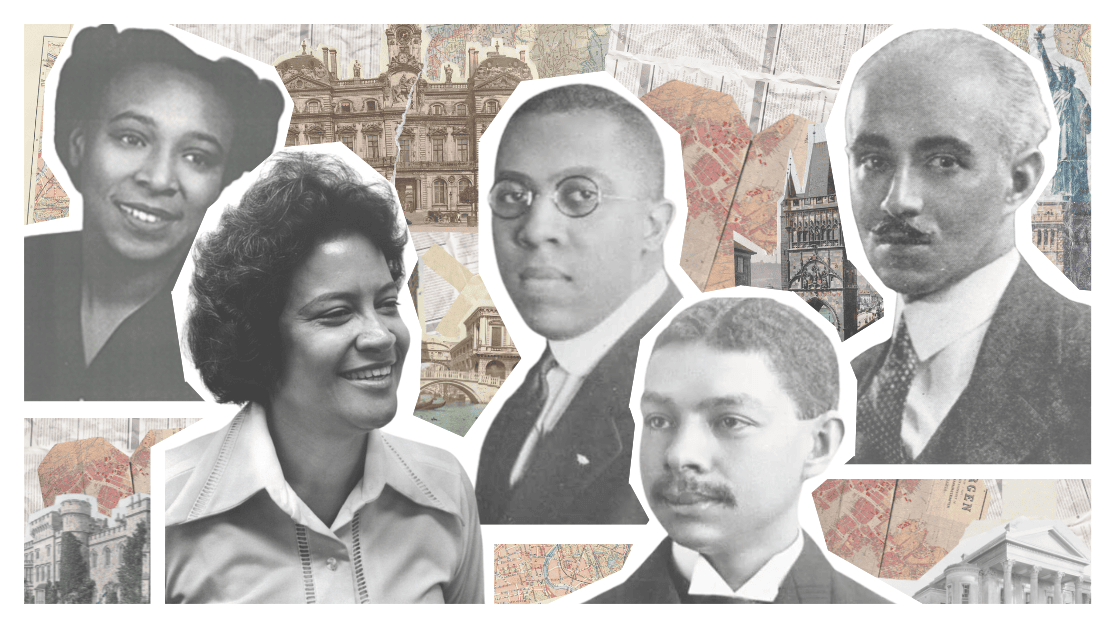
Building Inclusivity: Celebrating Black History in Construction, Architecture, & Engineering
In celebration of Black History Month, we’re highlighting some influential Black figures in construction, architecture, and engineering history. Even if you don’t know them by name, you will probably know their work!
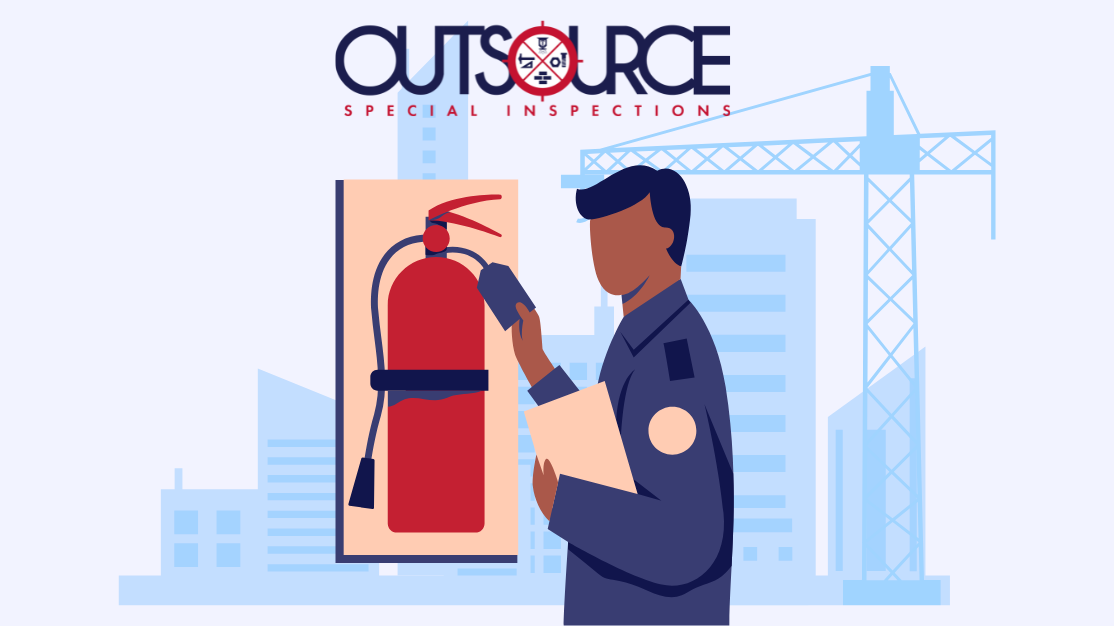
Outsource Special Inspections Becomes Class 1 Agency
Outsource Special Inspections (OSI), a trusted source for special inspections in New York City since 2012, is excited to announce its transition from a Class 2 to Class 1 agency. This upgrade, which significantly expands the amount of inspections offered by OSI, marks a major milestone for the company.
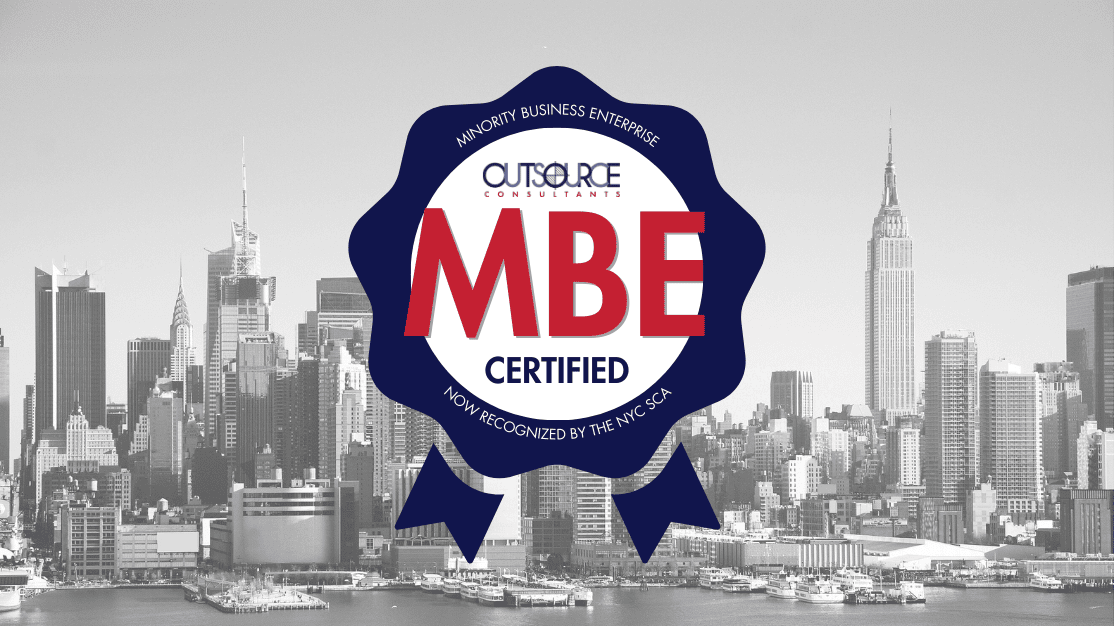
Outsource Consultants Inc becomes SCA Certified MBE
Outsource Consultants, Inc., expediting, building code, and zoning experts in New York City for 30 years and counting, is thrilled to announce a new MBE certification from the New York City School Construction Authority (NYC SCA). The certification will be the fourth addition to Outsource’s current collection of MBEs from accredited institutions, including NYC Small Business Services (SBE), New York State (NYS), and New York & New Jersey Minority Supplier Development Council (NYNJMSDC).

Don’t Waste Your Energy! New Workbooks for Prescriptive Energy Conservation Measures
In the effort to enforce carbon neutrality by 2050, Local Law 97 (LL97) has introduced a variety of new restrictions for New York City buildings that will take effect in 2024.
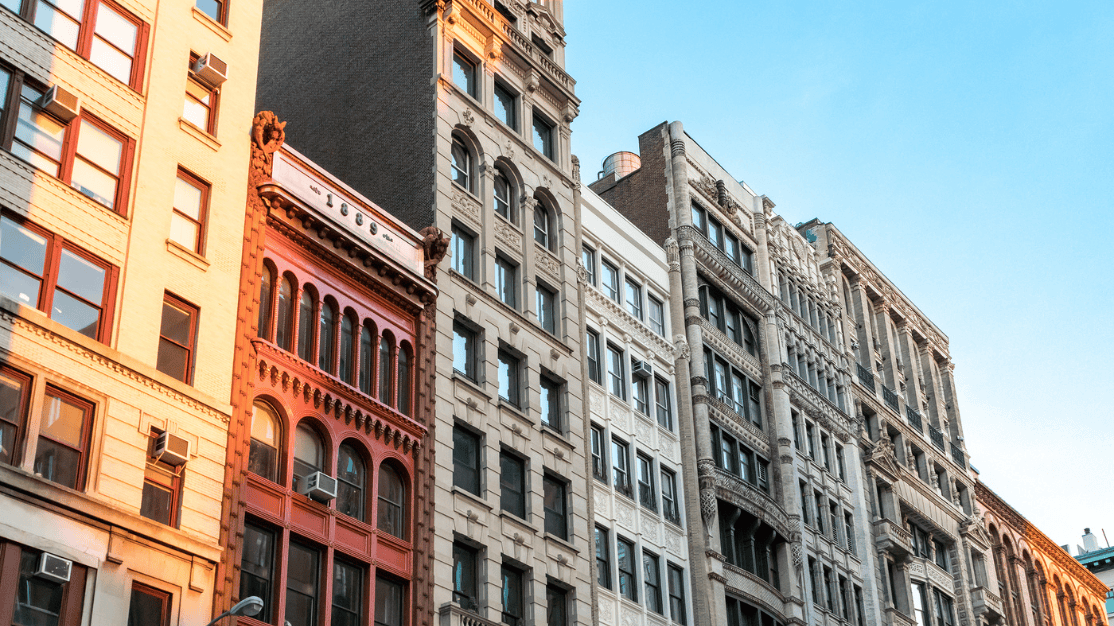
The Height of Safety: LL 147 Will Change the Definition of Major Buildings
An upcoming change to the definition of “major buildings” will have major ramifications for thousands of New York City properties by the end of the year. Read up on the details to understand how it may affect you.
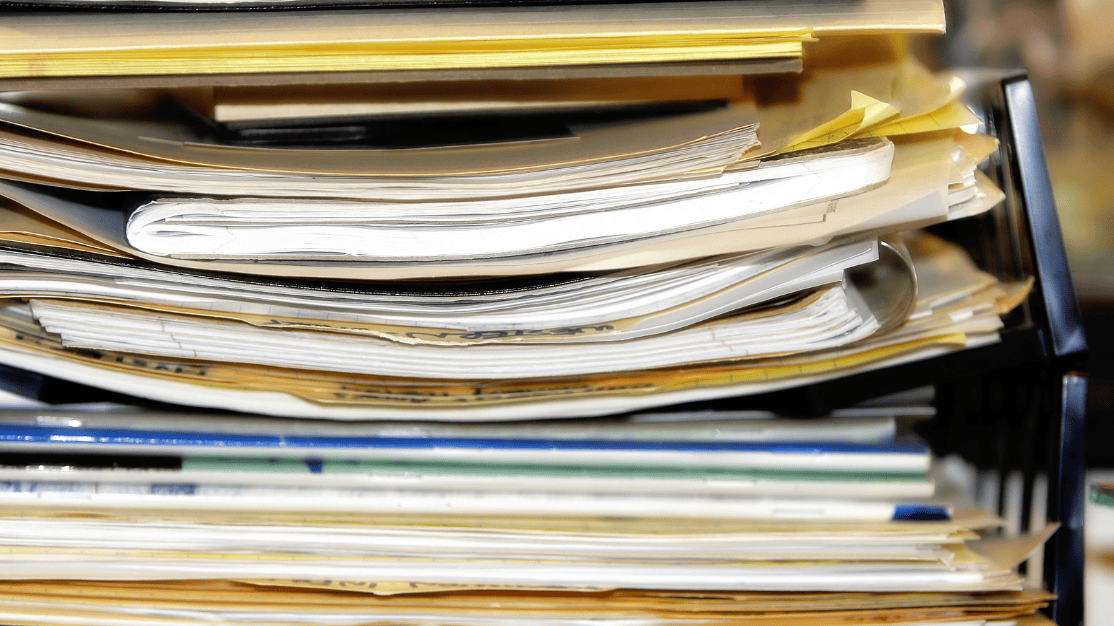
Get Used to It: New Zoning Use Groups
July 1st marks the beginning of a new era for The New York City Zoning Resolution (ZR), which will be undergoing a Use Group overhaul. Make sure to read up on the changes before filing any applications—it’s easy to get confused!
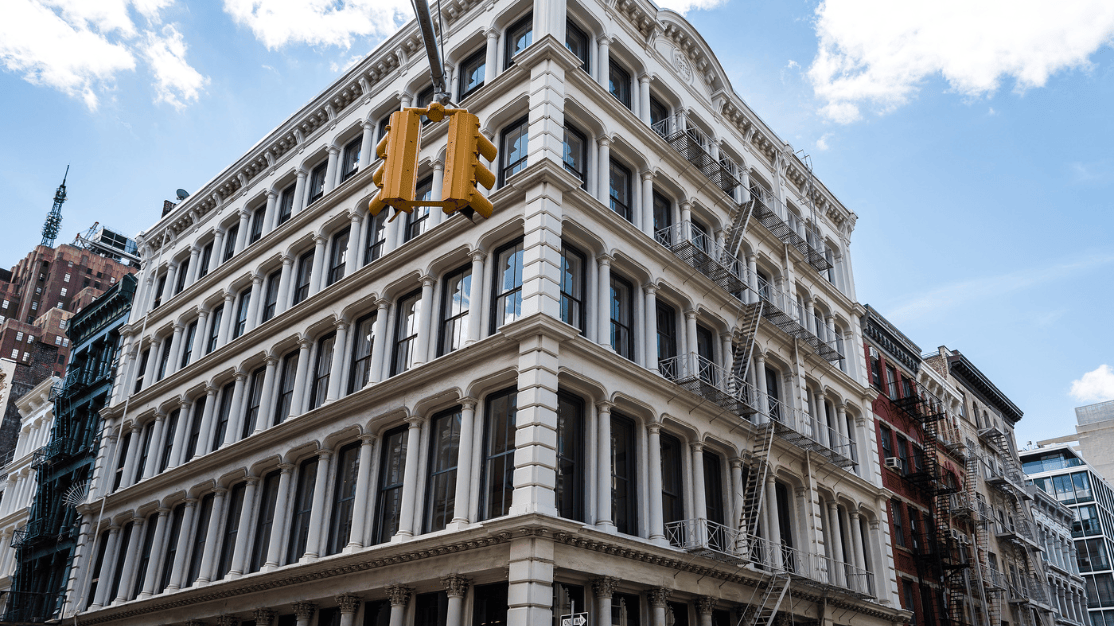
Was it All a Facade?: DOB Launches Review of the City’s Facade Inspection Program
Facade inspections and regulations may soon undergo major changes, after the NYC Department of Buildings (DOB) announced the introduction of a comprehensive review of the current Facade and Inspection Safety program in May.
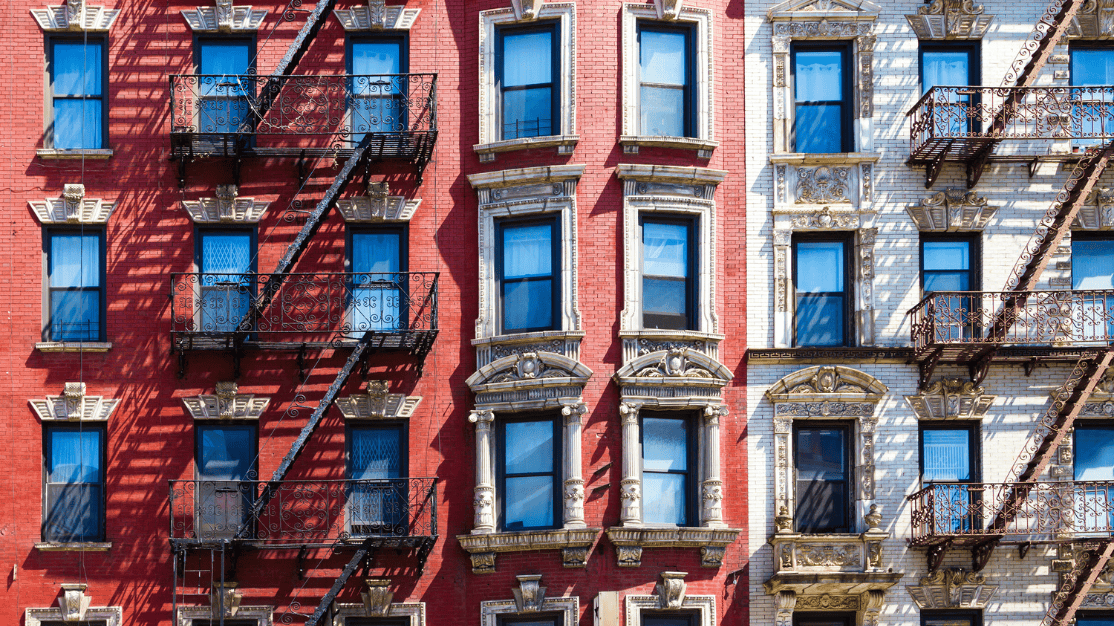
Decoding City of Yes: How to House NYC?
The New York City Council began its public review of “The City of Yes for Housing Opportunity” proposal this April, following the approval of its predecessors, Carbon Neutrality and Economic Opportunity. The plan addresses a lack of affordable housing in NYC and promises to streamline residential conversions, increase density, and allow for taller buildings, among a host of other zoning changes.
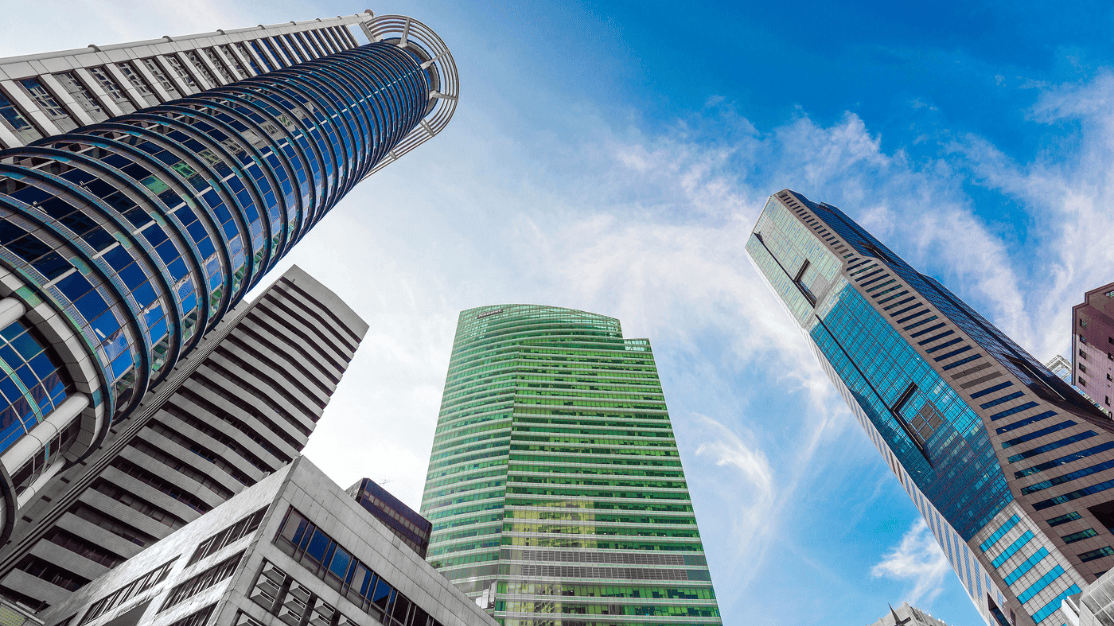
Decoding City of Yes: NYC Says Yes To Economic Opportunity
The second installment of Mayor Adam’s plan to update zoning, “City of Yes for Economic Opportunity,” is officially in motion as of March 6, 2024. Prepare for major changes, and read on for the breakdown.

Decoding “City of Yes”: NYC Is Positive About Carbon Neutrality
There’s no more need to talk about green infrastructure in the future tense — under the new plan for combating climate change in New York City, the future of sustainability starts now.
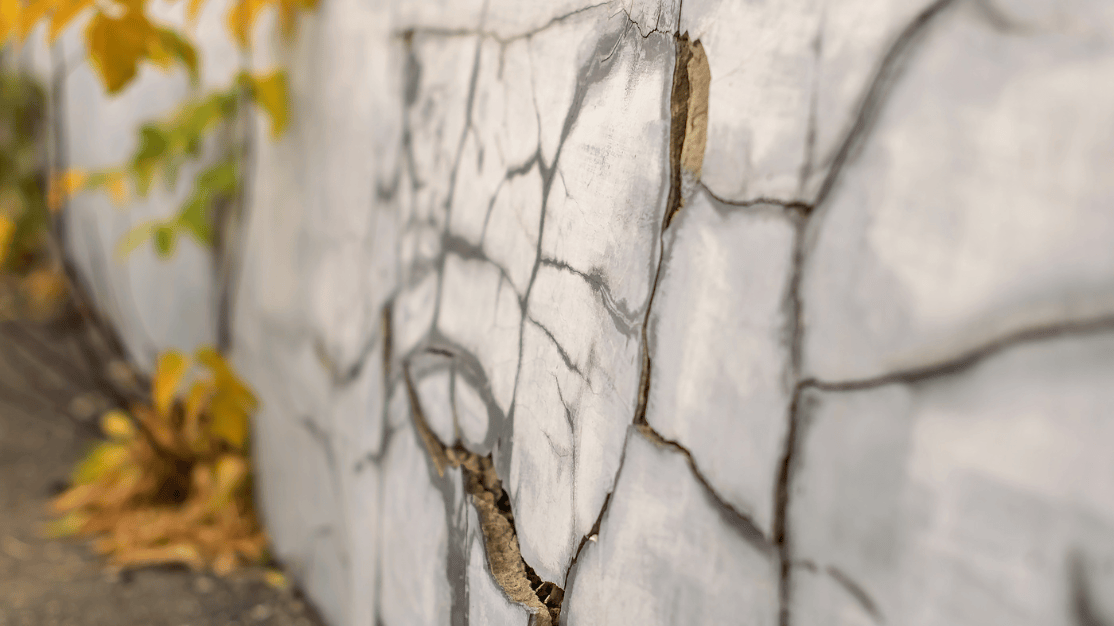
Shaking Things Up: How Well Can NYC Withstand Earthquakes?
On a list of cities most vulnerable to seismic activity, New York City ranks low. Though, if the recent 4.8-magnitude earthquake in New Jersey is any indication, this city has become too comfortable on stable ground.

Can I See Your ID?: New Login Requirements for DOB NOW
Beginning June 3, 2024, all DOB NOW users must also have an NYC.ID account. Read on for more details!
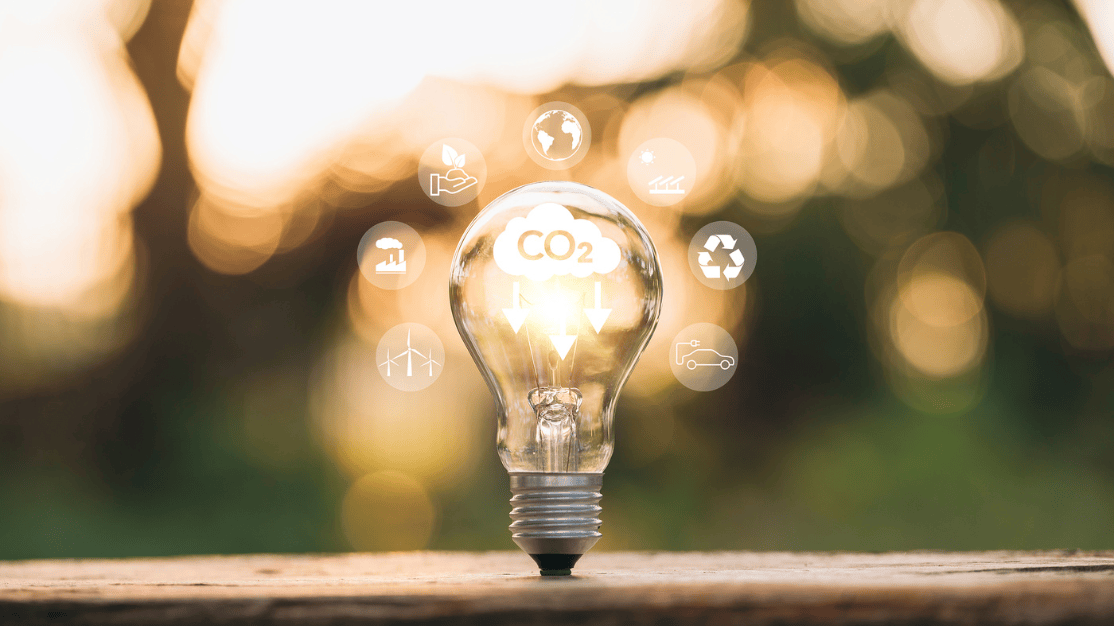
25 to Zero: DOB Increases Effort to Reach Net Zero Emissions by 2050
This March, the Department of Buildings (DOB) nearly doubled the amount of staff members dedicated to enforcing Local Law 97 (LL 97), a landmark carbon emissions law, increasing the number of personnel from 11 to 21. The change responds to recent criticism about the lack of resources dedicated to addressing climate change in New York City, and indicates a renewed effort to upholding the law as increasingly stricter emission benchmarks loom in 2025.

Bury Buildings, Not Birds: Flaco’s Death Revives Bird-Proofing Architecture
When Flaco the Eurasian eagle-owl escaped Central Park Zoo, he became a symbol of urban wildlife and a minor celebrity for New York City residents. More than a few miles away from his natural habitat, many feared the exotic owl wouldn’t be able to survive in the city for long. Sadly these fears were validated when, following a year of freedom, Flaco died after colliding with a skyscraper.
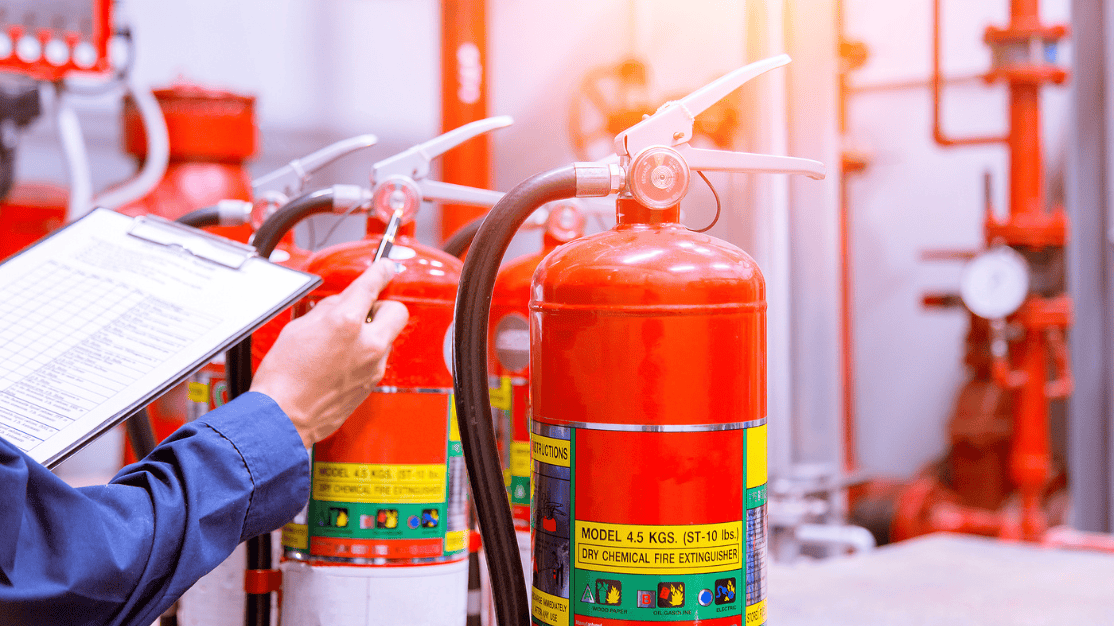
Raise the Alarms: FDNY Updates Requirements for As-Built Riser Diagrams
Calling all contractors, engineers, and developers! A new bulletin released by the New York Fire Department (FDNY) this December may impact your current and future projects.
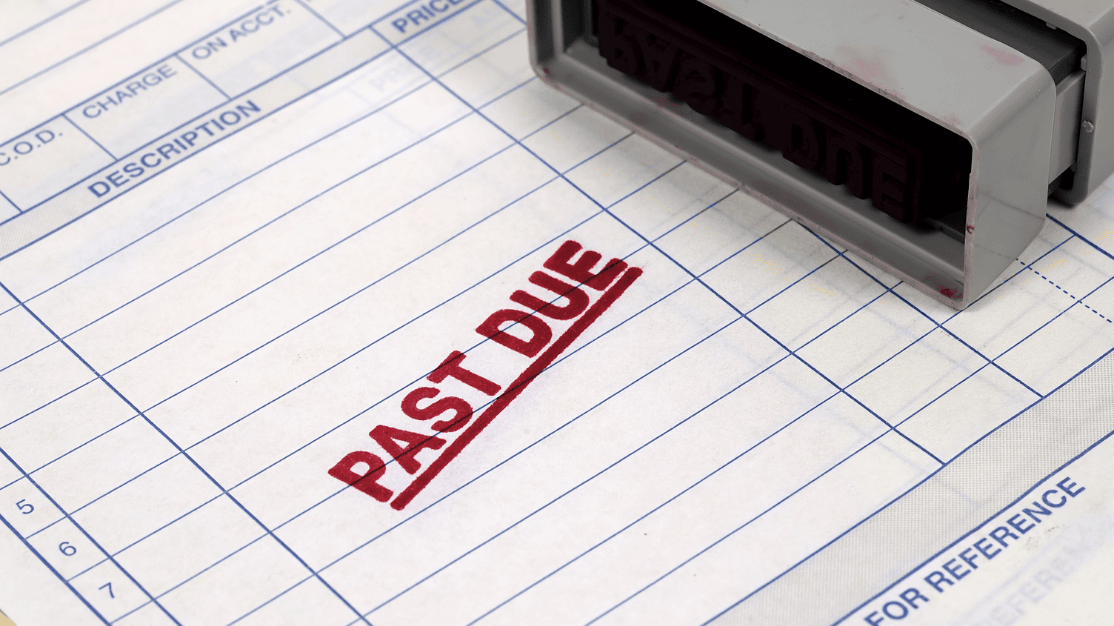
Revisiting Reinstatement Fees: DOB Announces Major Update
A recent service notice issued by the Department of Buildings (DOB) introduced a new schedule for reinstatement fees—and it could affect your upcoming projects.
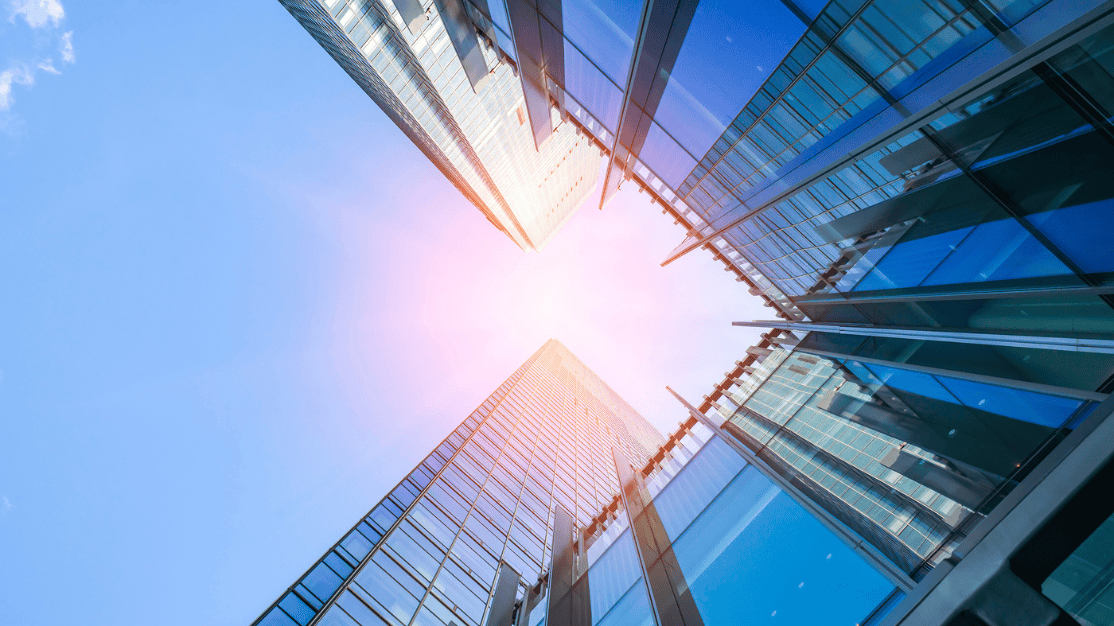
Building a Better Future: Outsource Joins the NY Build 2024 Expo
Outsource Consultants and Outsource Special Inspections (OSI) are excited to announce our participation in the New York Build 2024 Expo, scheduled to be held this February 13-14. We’ll be joining over 35,000 other attendees to celebrate the construction and design industry at the much-anticipated networking event.
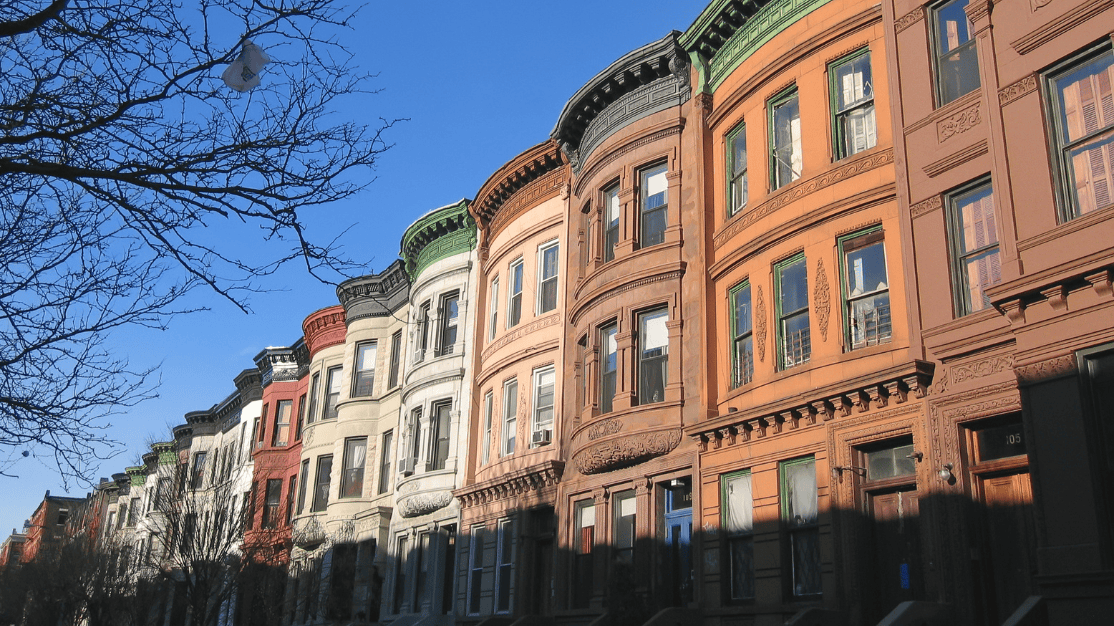
Autumn Updates: DOB NOW Launches Three New Work Types
November marks a month of changes for DOB NOW: Build.
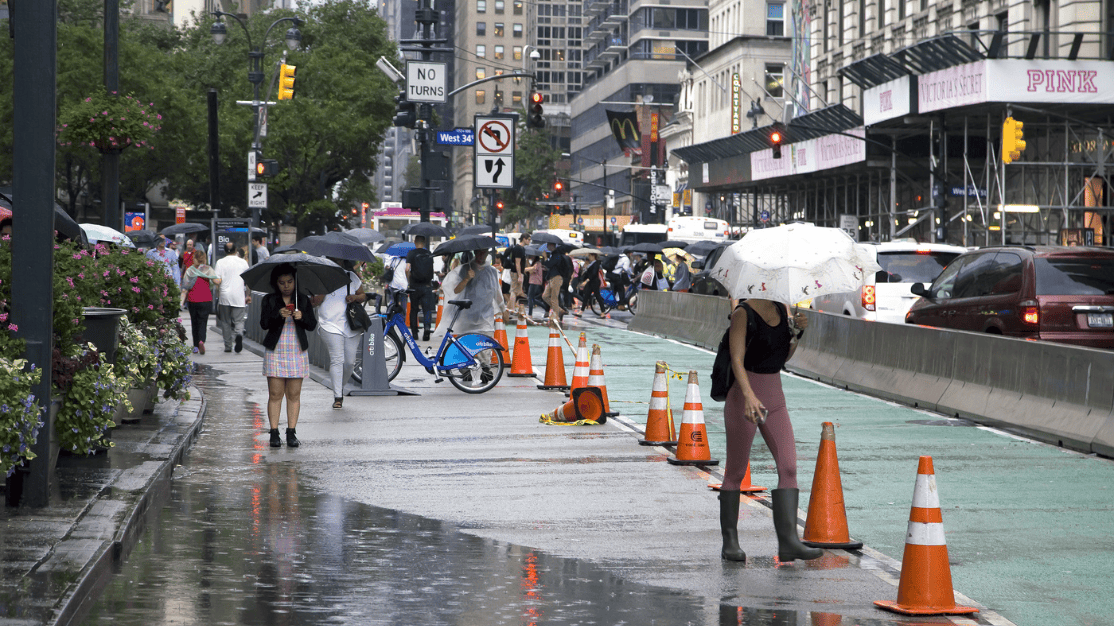
NYC’s Infrastructure Fails to Prevent Flooding — How Can It Improve?
On September 29th, Tropical Storm Ophelia brought New York City to its knees and left its inhabitants knee-deep in floodwater. What began as a “rainy week” quickly escalated into a State of Emergency that demonstrated, for a second time since Hurricane Ida in 2021, the ineffectiveness of NYC infrastructure in combating extreme weather events. Floodwater burst through the caulk of subway tiles, sewer drains clogged with swirling trash, and buses became boats. By the end of the day, the city had received as much rainfall as it usually would in two to three months, according to MTA Chair and CEO Janno Lieber. Flooding due to extreme rainfall could be written off as uncommon, but events such as these will likely only increase in frequency as climate change effects escalate. If the September flooding taught us anything, it’s that this lesson will not be the last of its kind.

Outsource Consultants, Inc. partners with Non-Profit One Tree Planted
Helping Drive Sustainability by Planting Trees When the First Permit is Achieved for Every Project
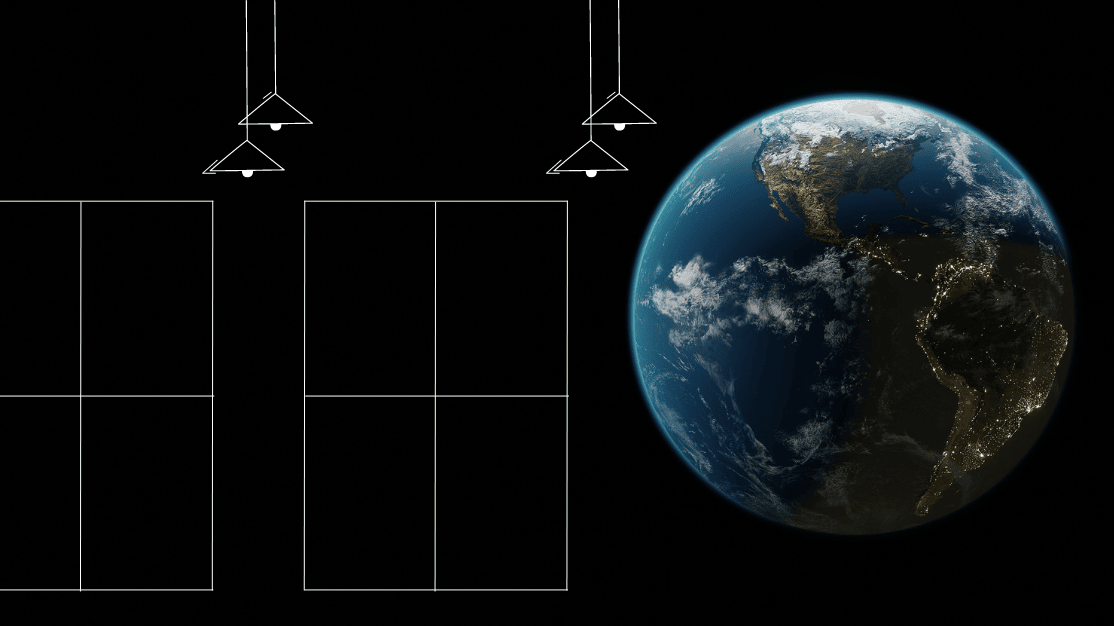
Innovative Horizons: Exploring Discovery's World HQ in New York City
It’s been five years since Discovery, Inc., one of the world’s largest providers of informative entertainment, announced its plans to relocate its New York offices to 230 Park Avenue South. Today, that plan has finally come to fruition, with some of New York’s top design, consulting, and construction firms proud to have played a part.
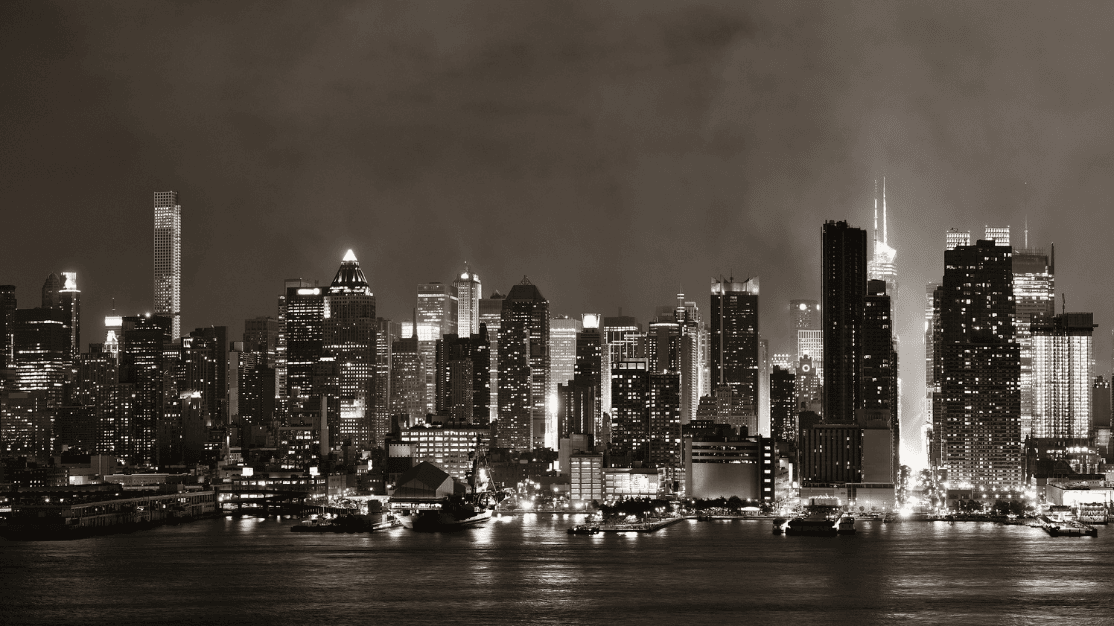
Air Quality Alert: Environmental Protection Agency Says NYC To Upgrade to “Severe” Smog Status
Permitting rules may become stricter for certain projects in New York City in the near future, due to a proposed air quality reclassification by the U.S. Environmental Protection Agency.
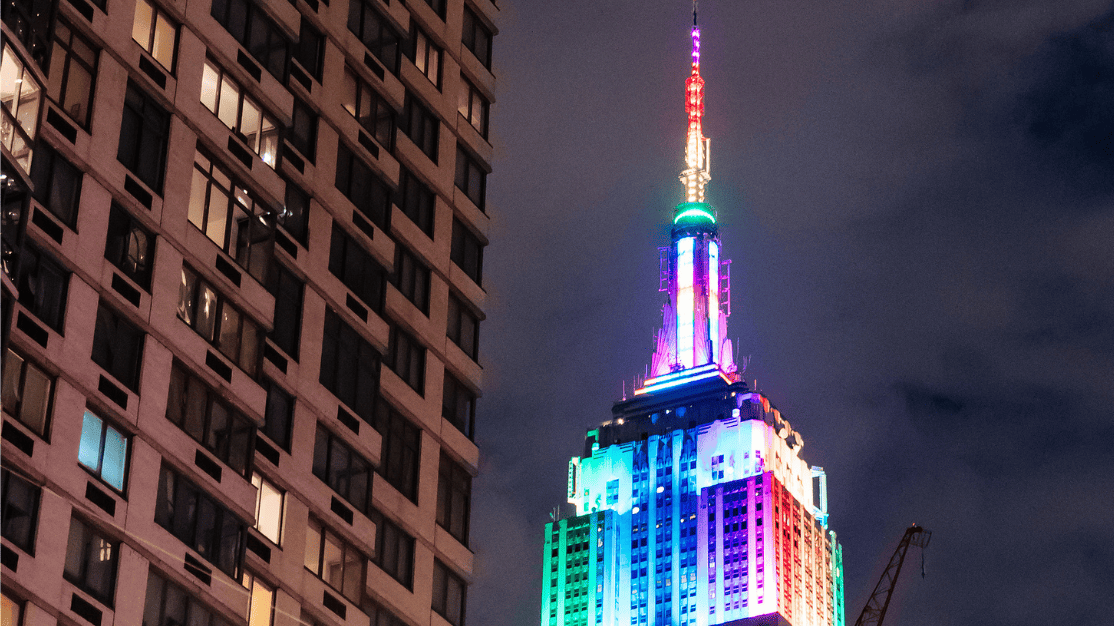
Pride in Construction: New Bill Aims to Improve Conditions Across Sex and Gender Spectrum
A bill currently being debated by the New York City Council hopes to put a spotlight on the struggles – and potential solutions – for women, LGBTQ+, intersex, non-binary, and gender non-conforming workers in nontraditional careers, including those in construction.
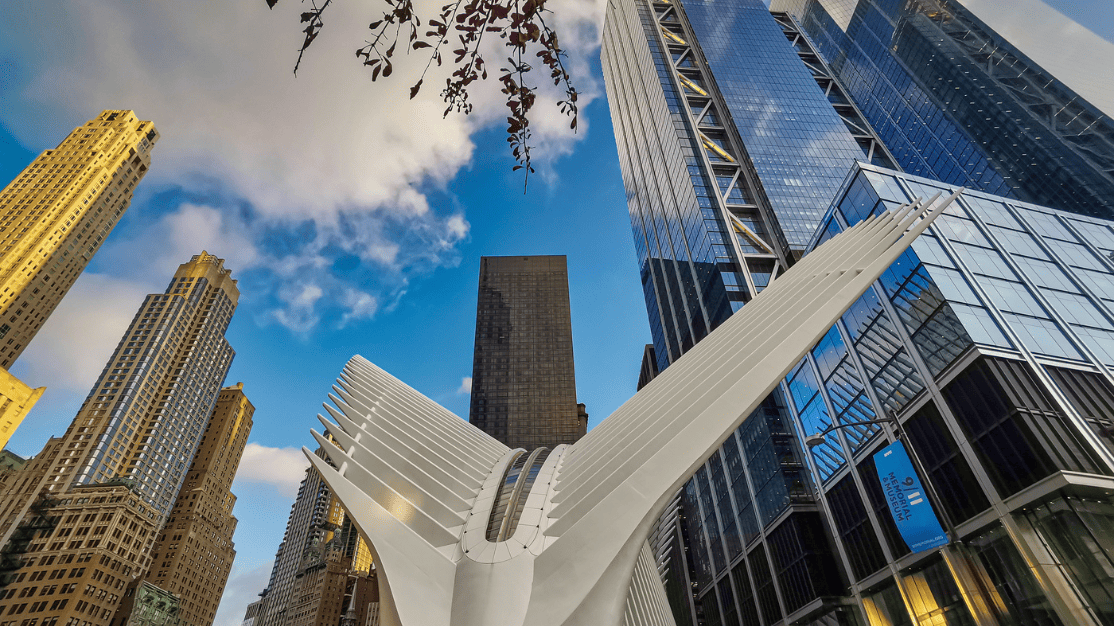
How the 2022 NYC Construction Code Affects Upcoming Filings
See if and when your upcoming projects will be affected.
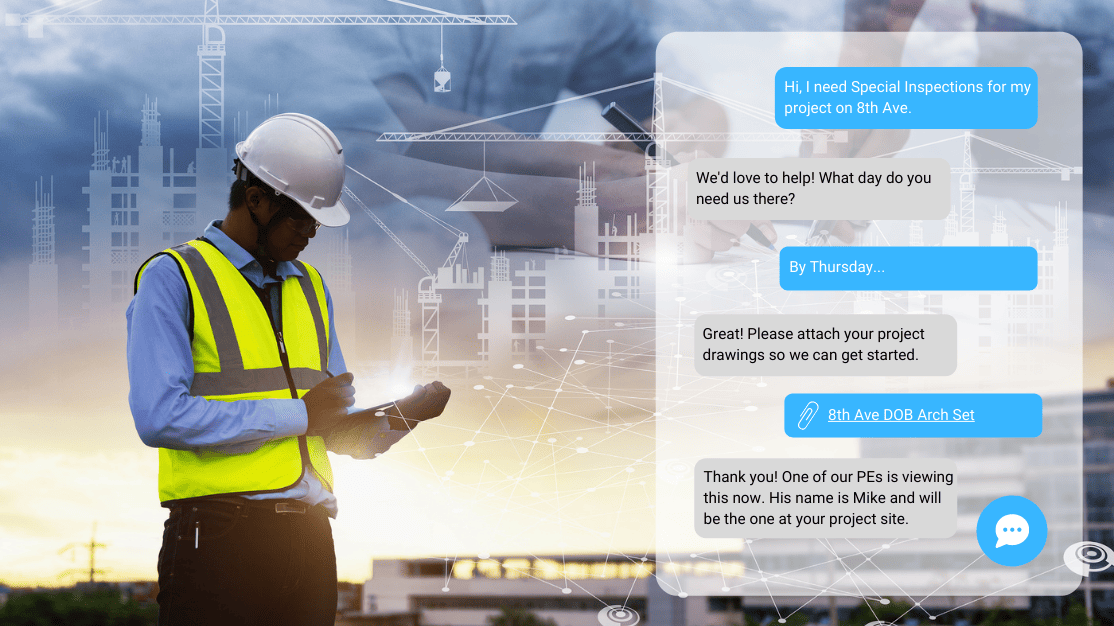
New NYC Special Inspections Site Launched, with Better Options to Get Special Inspections
New York, NY – Since 2012, Outsource Special Inspections (OSI) has been a trusted source for special inspections in New York City. Led by a senior team of knowledgeable, highly qualified professional engineers, OSI performs NYC Department of Buildings-certified inspections across New York City every day, covering over 600 clients.
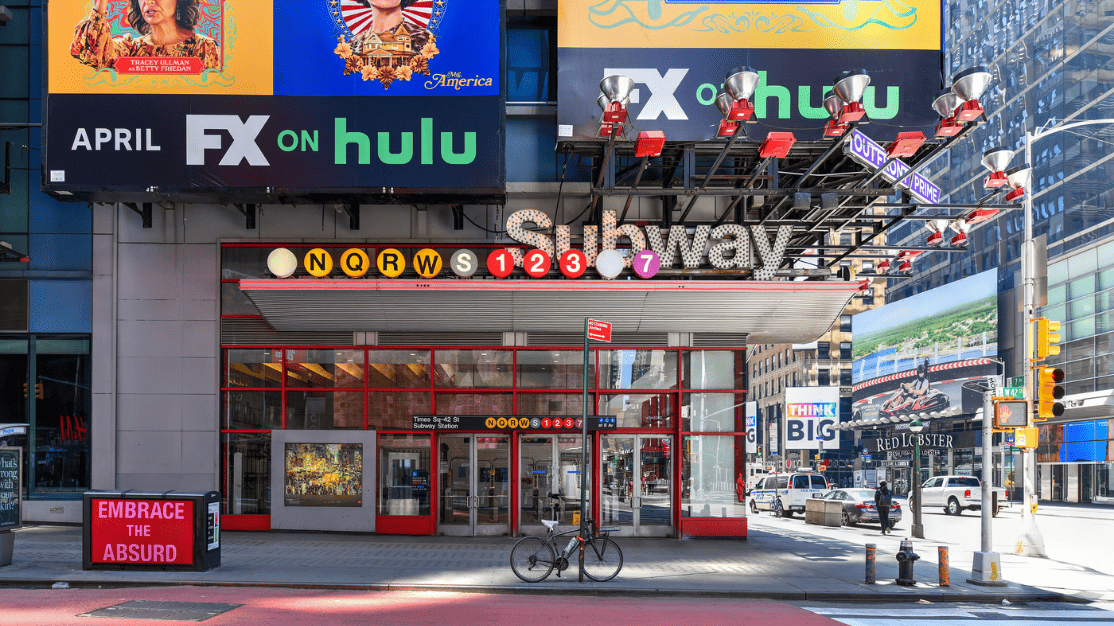
One More Step: Transit-Adjacent Sites within 50 Feet Must Get MTA Approval
How the new Zoning for Accessibility initiative may affect design professionals.

A Look Back: The Top 5 Decoder Articles of 2021
Check out Decoder’s highlights from the past year.
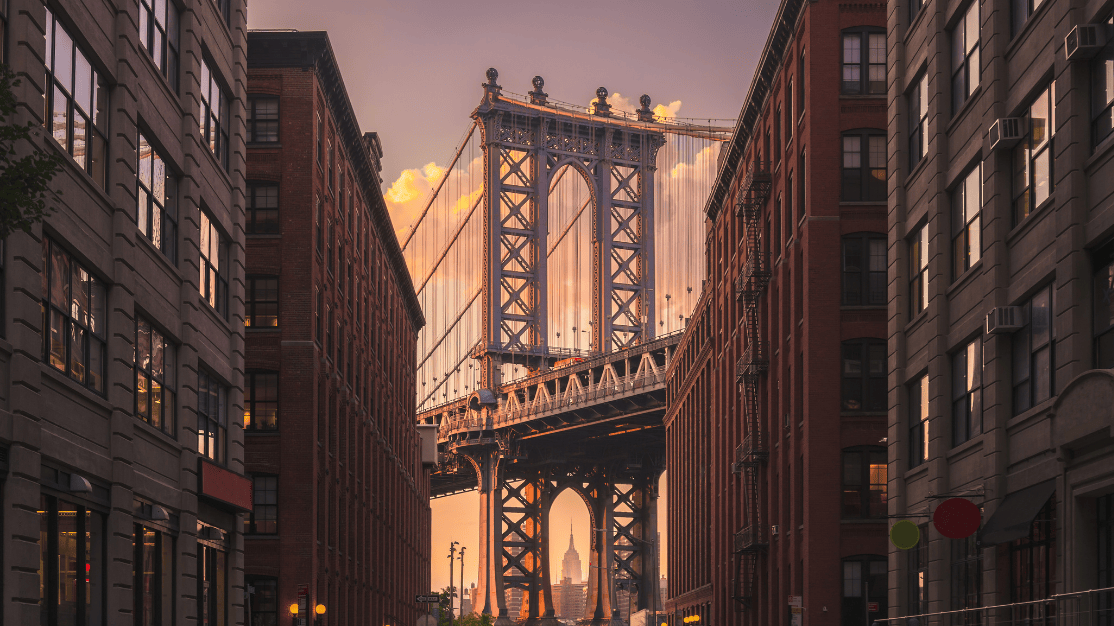
Bridges & Tunnels: Infrastructure’s Impact on NYC Construction
Why construction professionals should care about the Bipartisan Infrastructure Bill, and what to do about it.
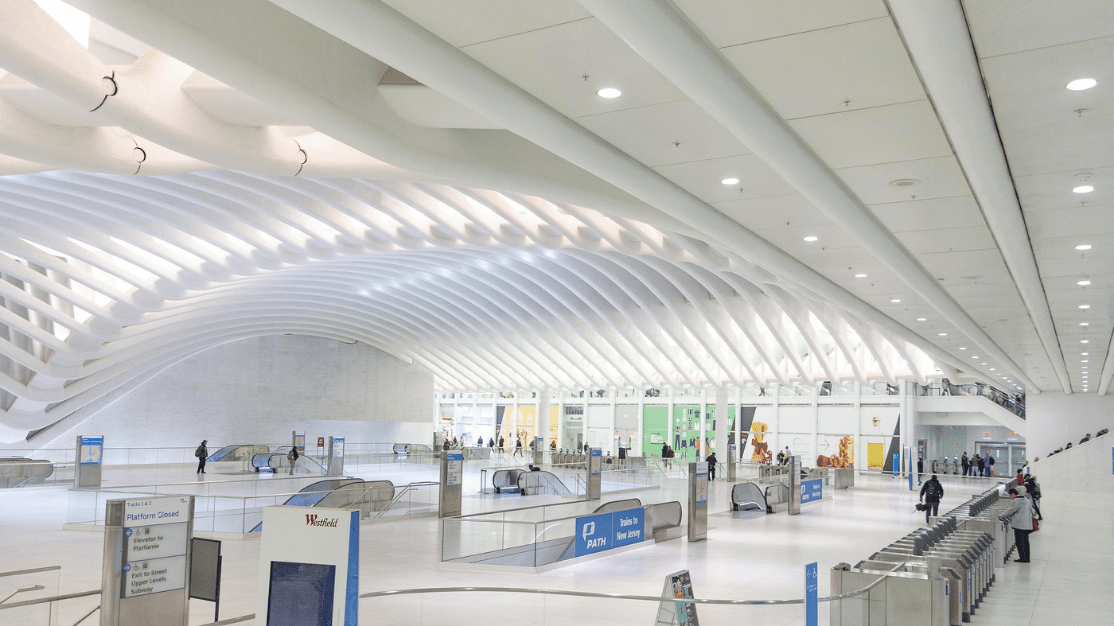
Going to the Next Level: All About Zoning for Accessibility
On October 7, 2021, the Elevate Transit: Zoning for Accessibility initiative was approved by the NYCC and MTA.
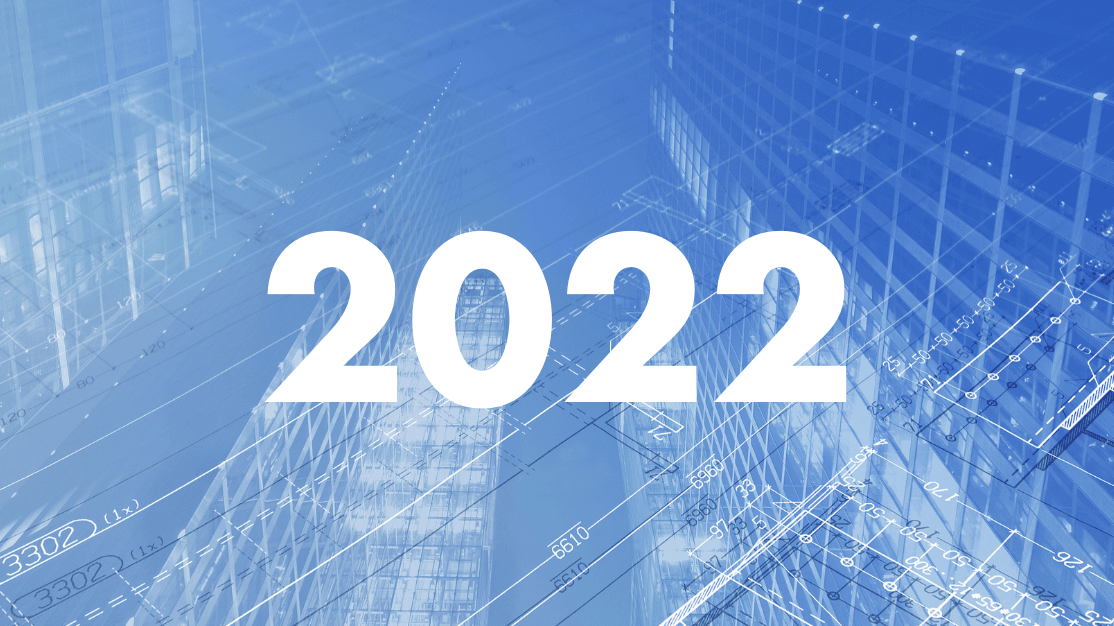
New Year, New Codes: Major Construction Code Updates for 2022
On October 7, 2021, the NYC Department of Buildings approved a major overhaul to the NYC Construction Code.

In and Out: Guidelines for Hybrid Office Design
In 2020, we talked quite a bit about what the future of work would look like.
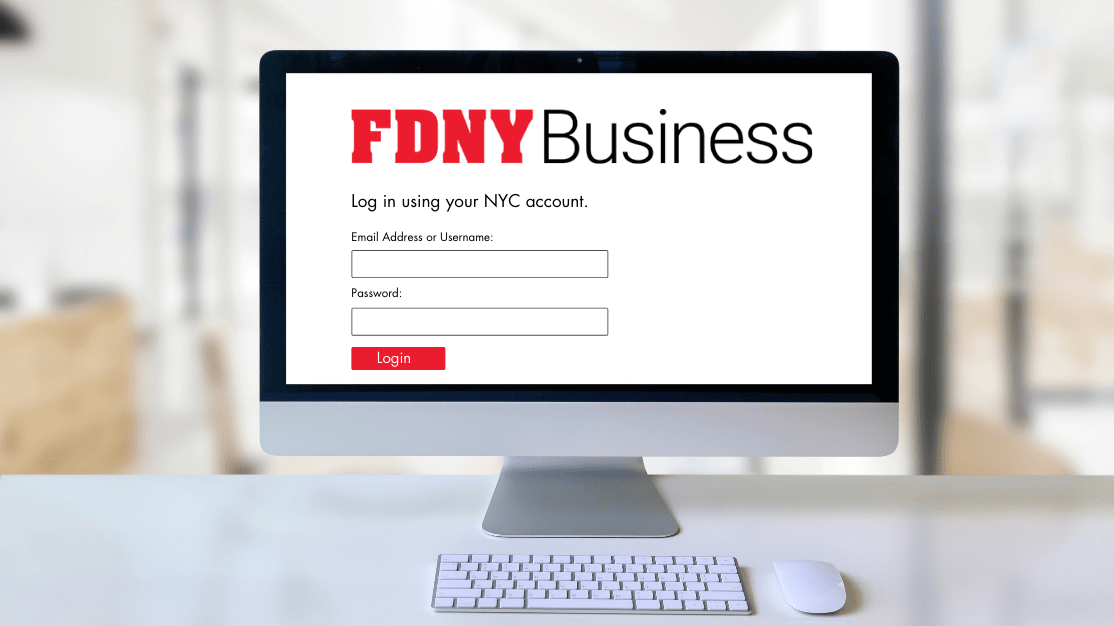
Don’t Be Alarmed: FDNY Services Go Fully Digital
Be advised: As of September 7, 2021, all FDNY services must now be filed exclusively online.
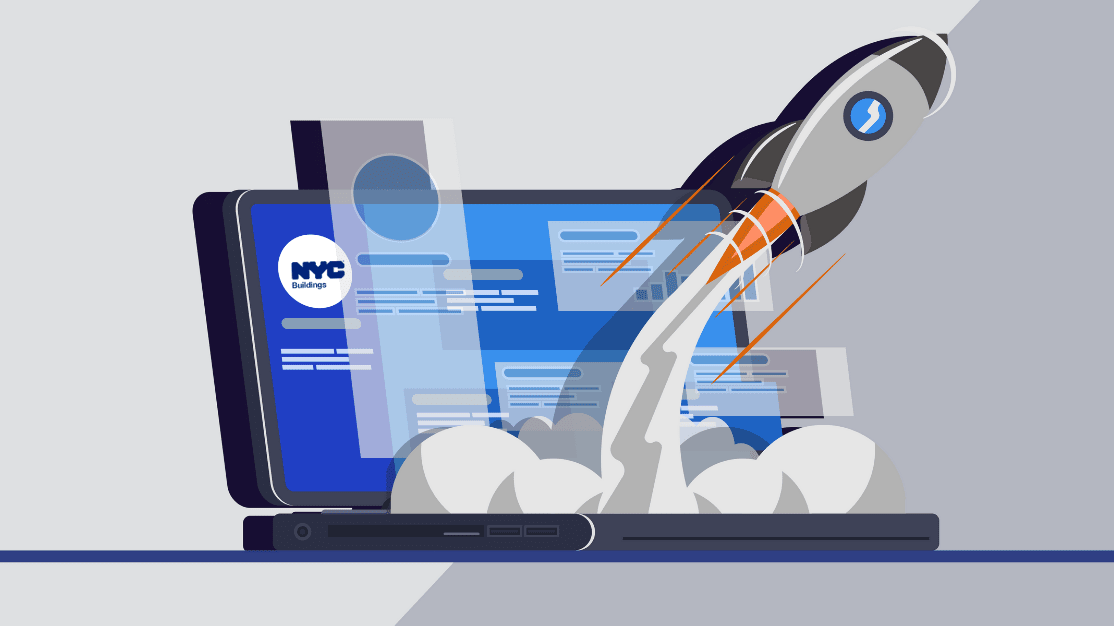
Overall Overhaul: DOB Website Updates You May Have Missed
From redesigns to online license applications, here’s the latest on the NYC Buildings website.
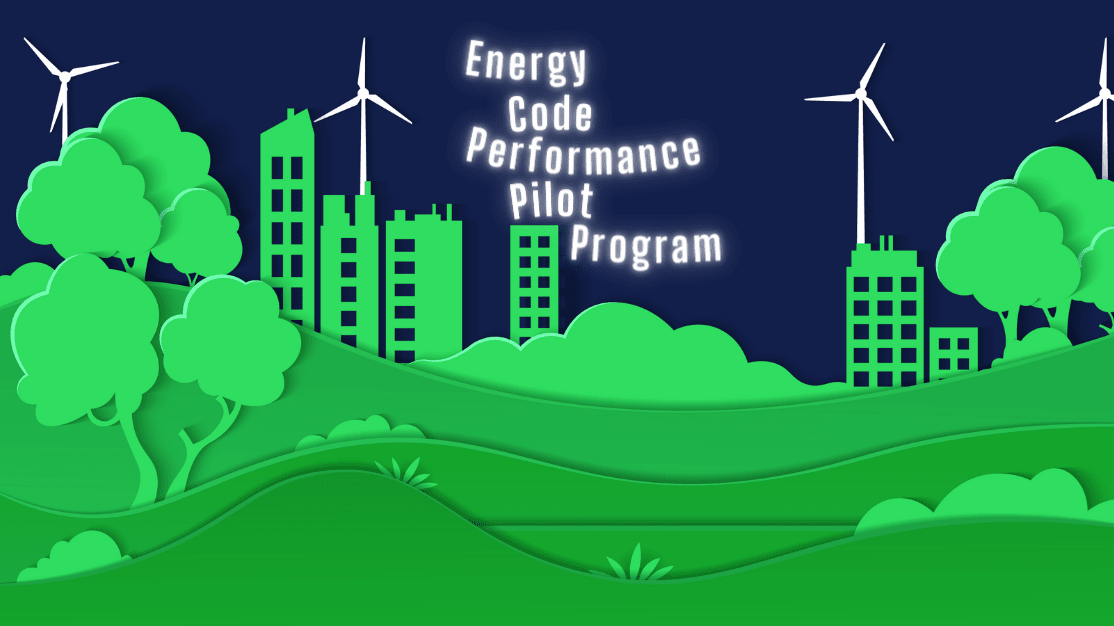
Energy Experiment: The Energy Code Performance Pilot Program
The DOB recently announced a 5-month pilot program for designers to test new tools for a 100% performance-based approach to the current NYC energy code.
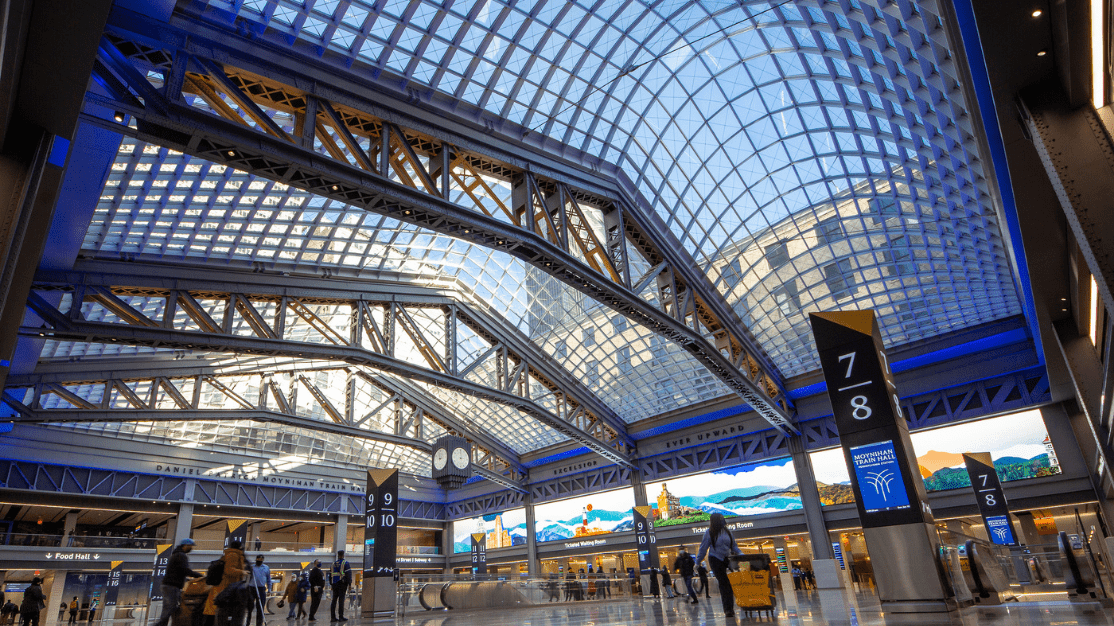
Wheels in Motion: 3 Post-COVID Design Trends From the Penn Station and Port Authority Plans
Earlier in 2021, two of New York City’s major transportation hubs, Penn Station and Port Authority Bus Terminal, released plans to the public for a major overhaul of the current infrastructure.
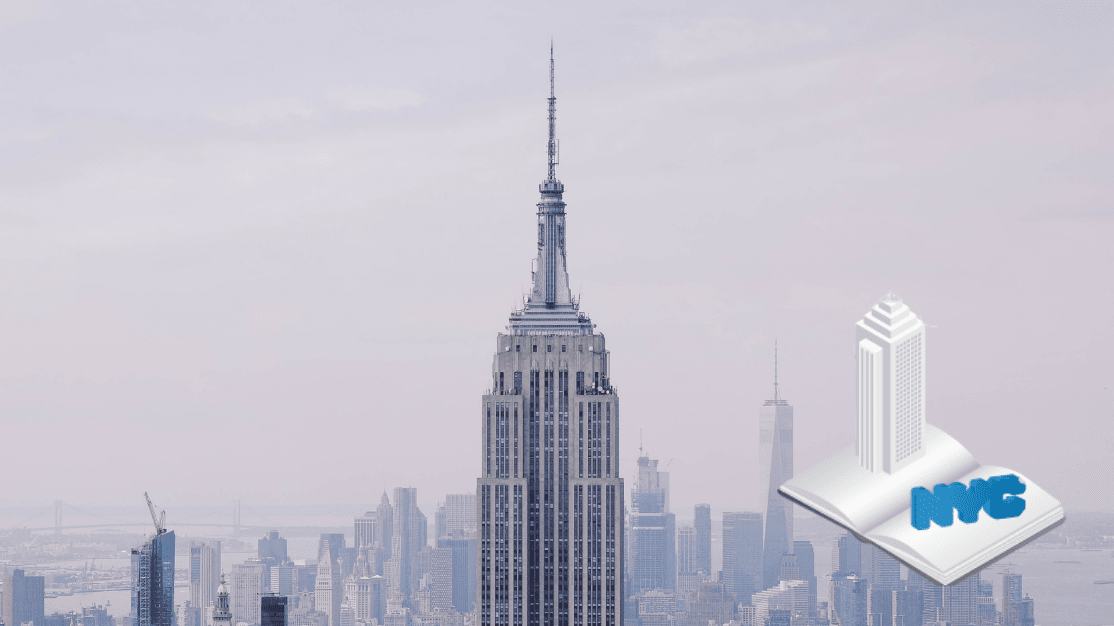
A Code of Their Own: NYC DOB Plans to Release Existing Building Code
Learn more about the DOB’s pioneering effort to better address existing building repairs and alterations.
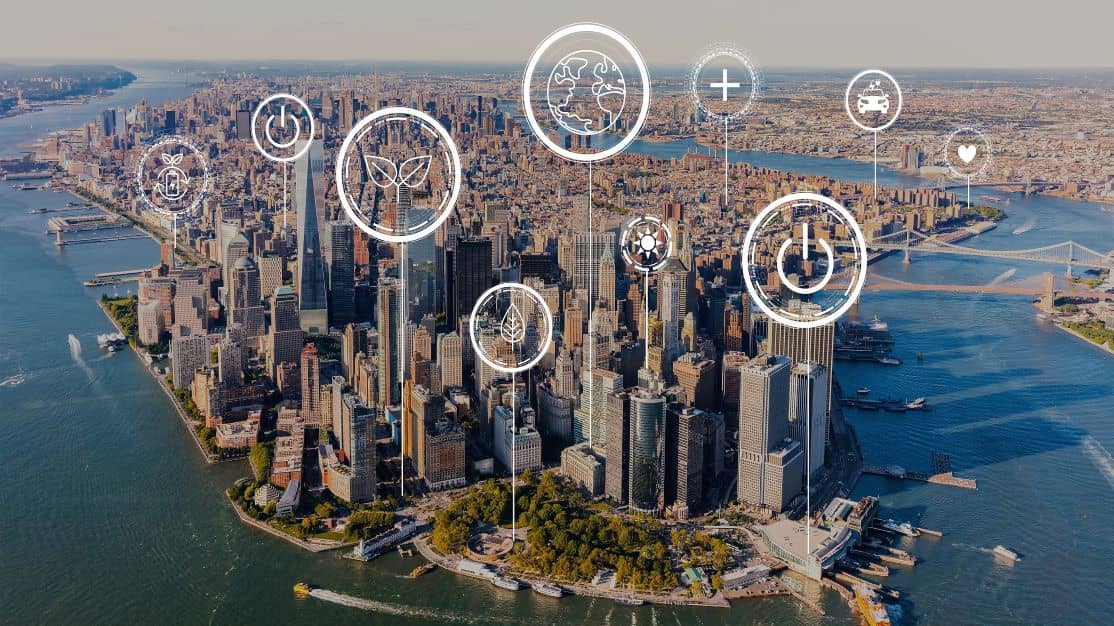
For What It’s Earth
NYC Climate Code Updates and Energy Benchmark Deadline

Change in Procedure: Minor Plan Changes Now Require Post-Approval Amendments
How will this affect your projects?
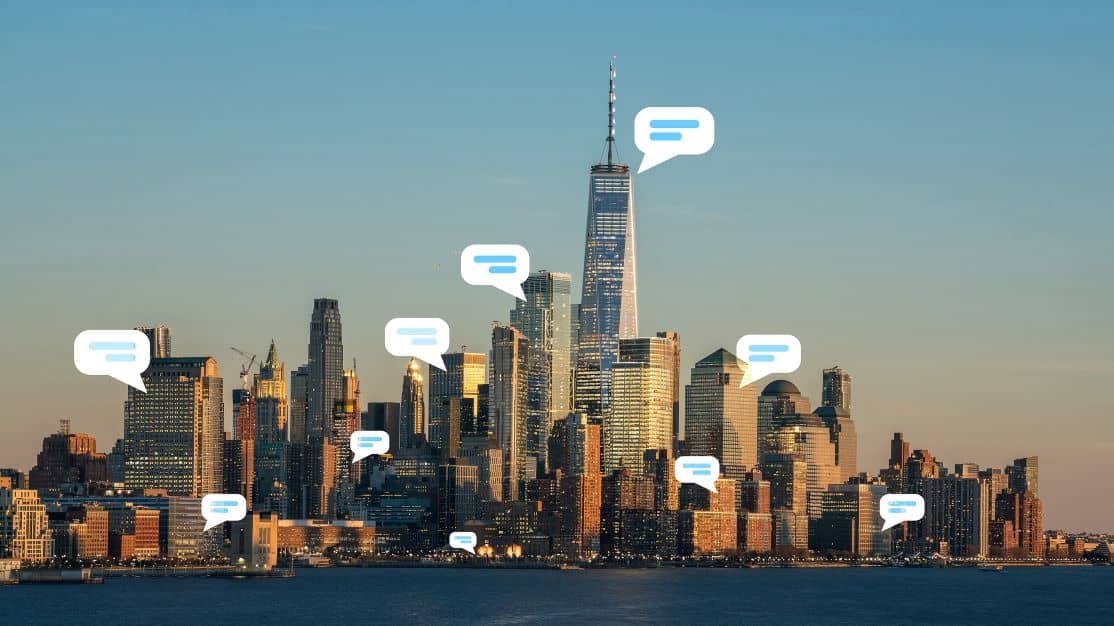
3 Ways to Help You Manage Your NYC Building Projects Amid Agency Changes
Explore how this online dashboard tracks and resolves your critical building items.
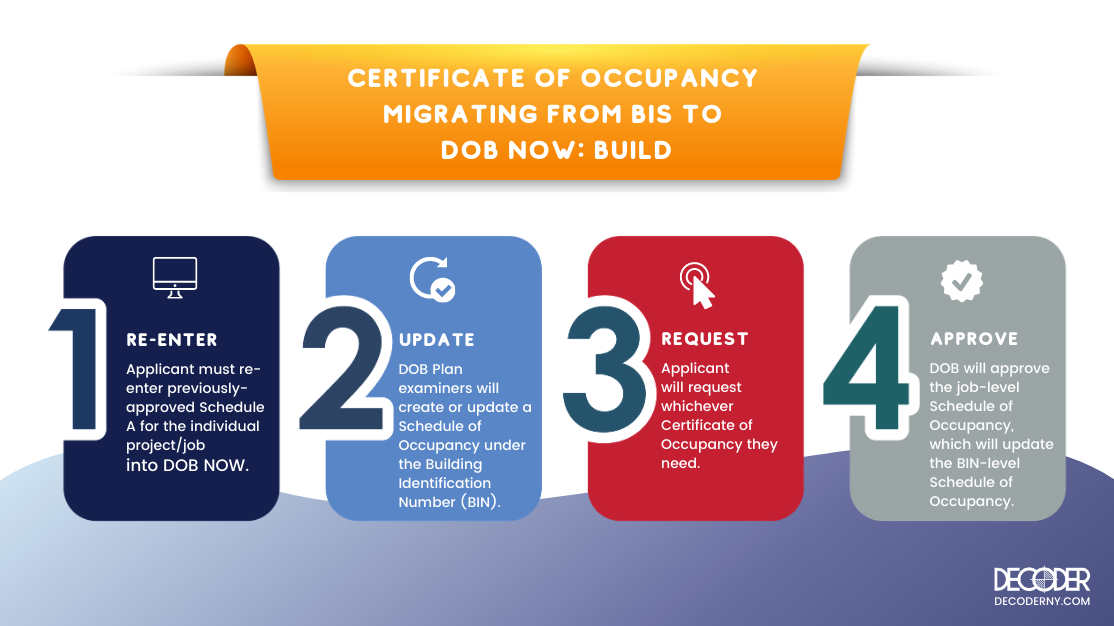
Issuance and Renewal of COs migrating to DOB NOW: Build
Learn more on how to migrate Certificates of Occupancy from BIS.
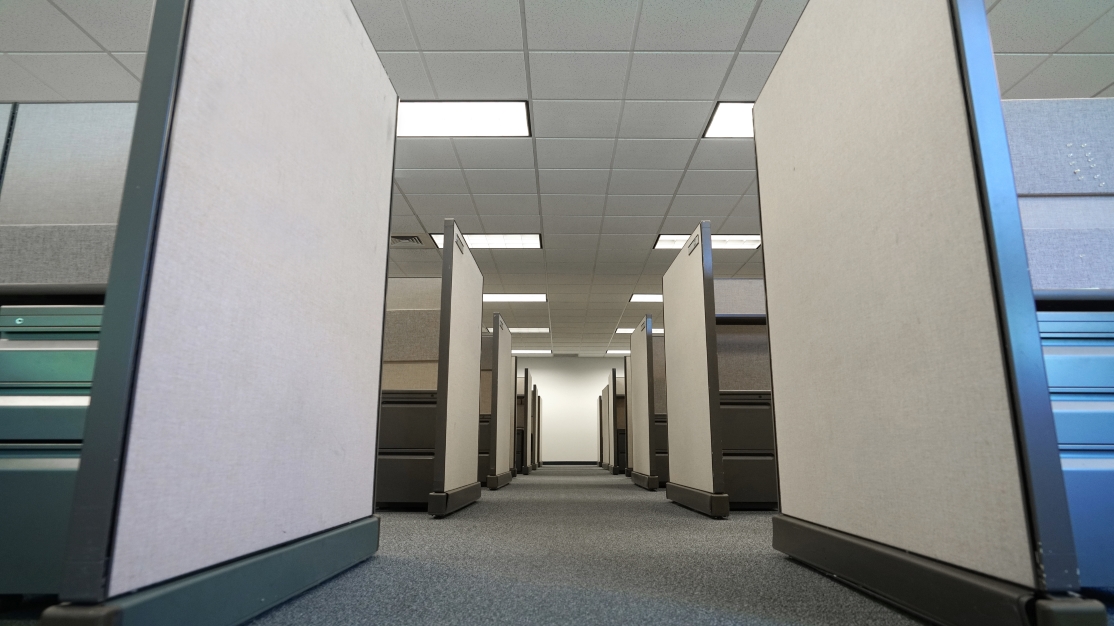
5 Things to Consider for Post-Quarantine Workspace Design
As New York starts to reopen after months of quarantine from COVID-19 novel coronavirus, many workplaces are wondering how to get people back in the office while still ensuring employee safety. From simple solutions to new technologies, here are five things to keep in mind.

Looking Ahead: The Future of Construction in New York City
What will construction look like when the stop order is lifted?
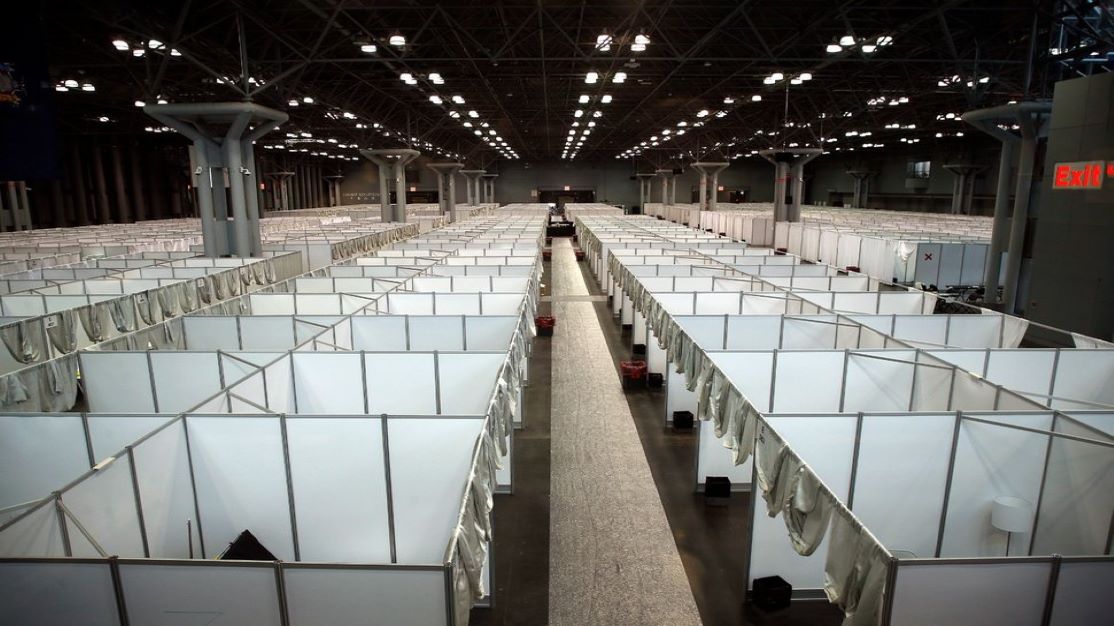
All Hands on Deck: Emergency Work during COVID-19 Crisis
How to navigate filing for emergency staging and temporary hospital projects.
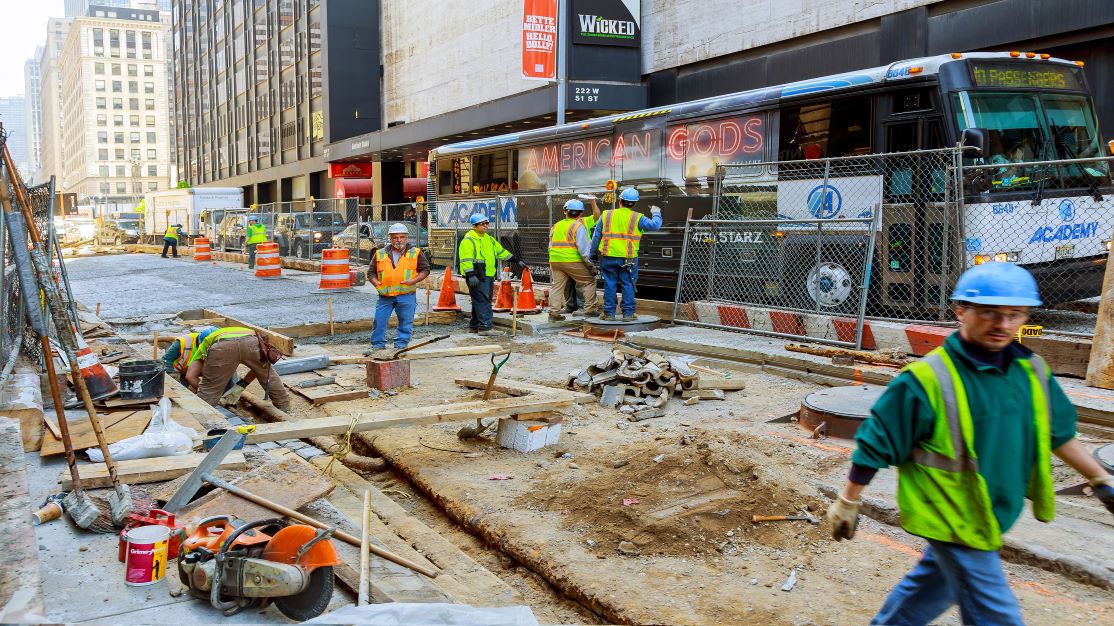
COVID-19 Hits NYC Construction
Navigating filing and construction in the midst of New York on PAUSE.
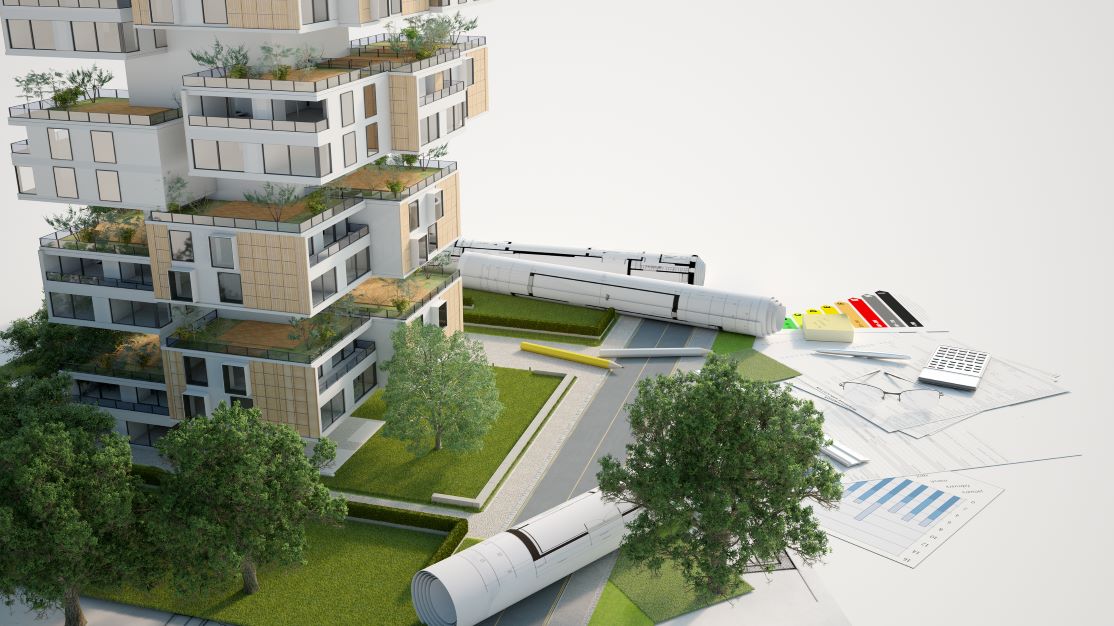
Looking to the Future: The 2020 NYC Energy Conservation Code
The new code will go into effect on May 12, 2020.
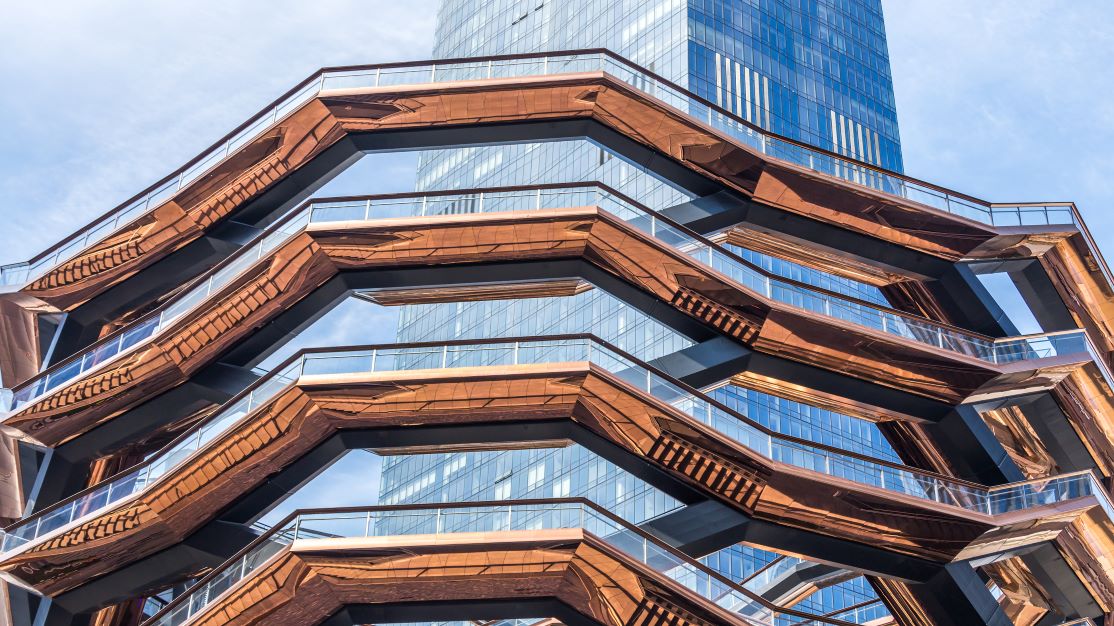
New Guidelines for Structural Applications
To BIS or to DOB NOW?
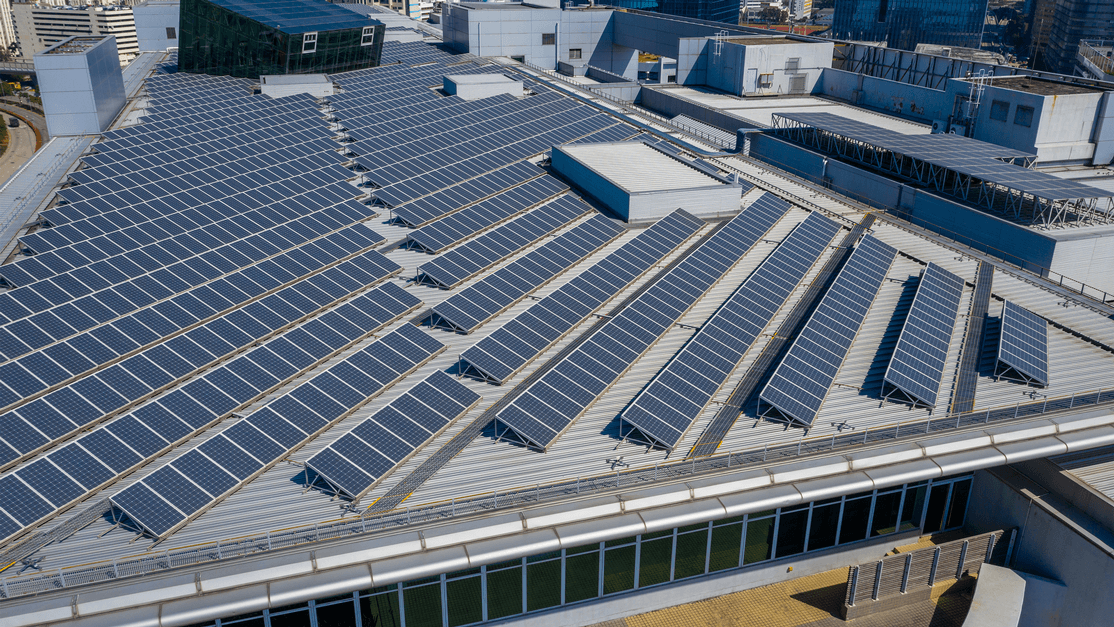
Mandatory Sustainable Roofing Required for New Buildings and Enlargements.
What you need to know when Local Laws 92 & 94 go into effect.
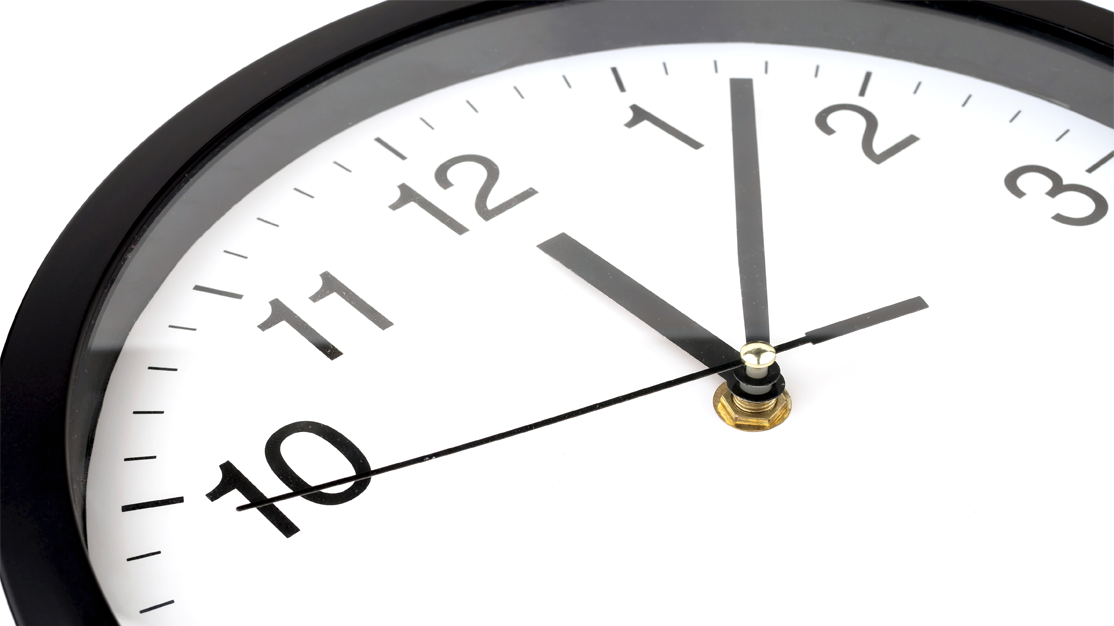
Tick Tock…Your 20 Minutes Are Up!
Reduced plan exam appointments for Alteration Type 1 applications.

Are YOU ready for DOB Now?
Here is what you need to know, in a nutshell.
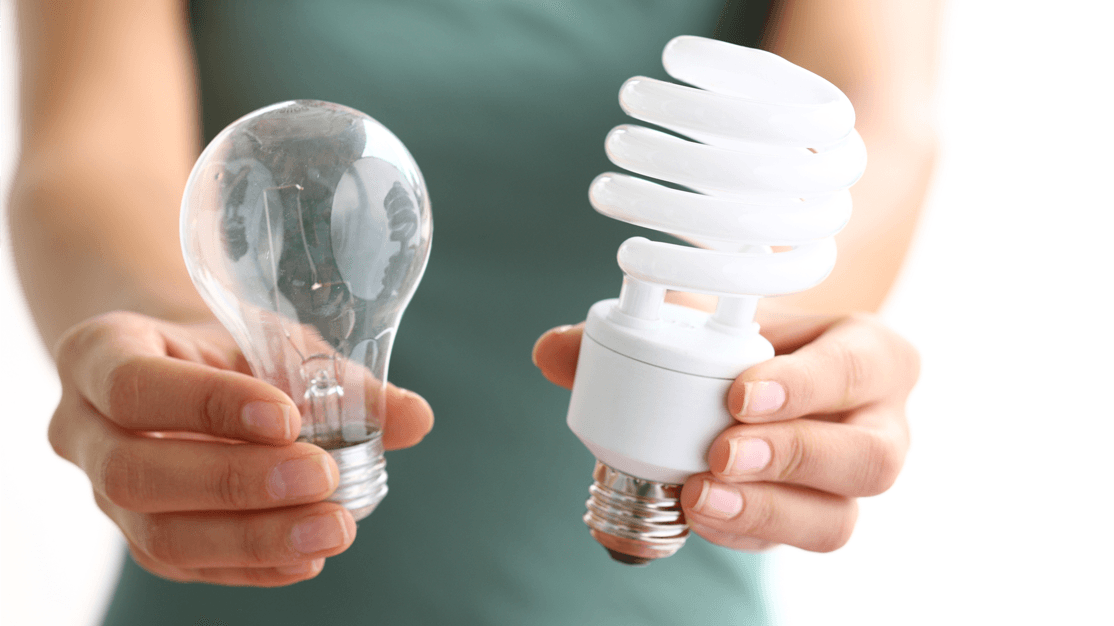
Energy Requirements Expand
The Department of Buildings released three Local Laws changing key definitions that broaden the types of buildings required to benchmark, upgrade lighting and install sub-meters. These Local Laws amend the Administrative Code to redefine covered buildings, city buildings and covered tenant spaces.
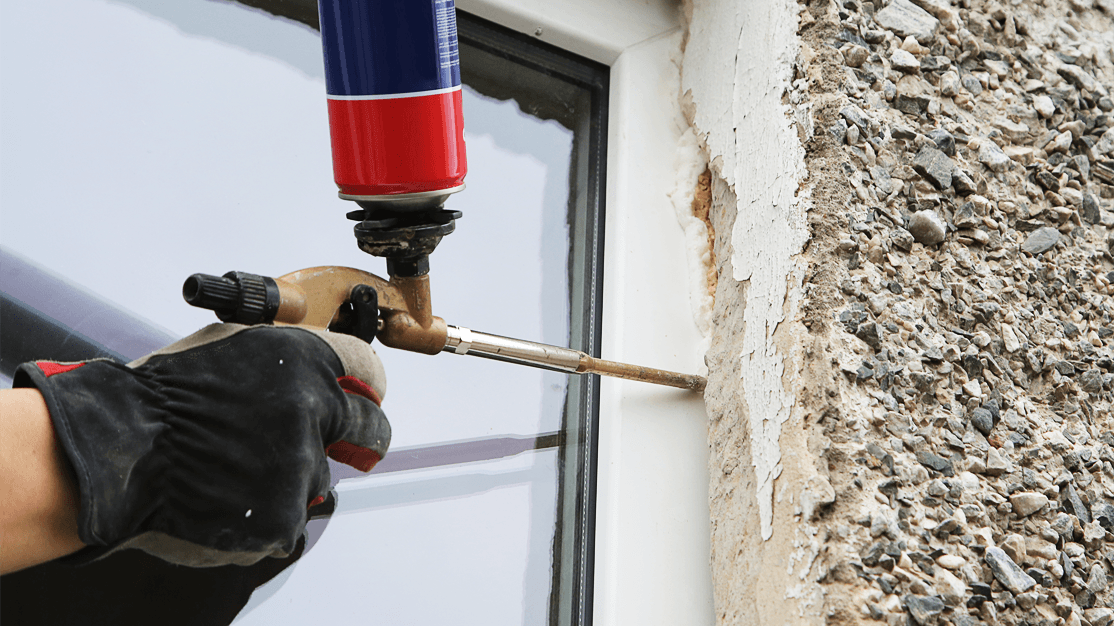
NYC’s Energy Code is Air Tight
New York City and State will implement their new Energy Codes on October 3, 2016. New York State Energy Conservation Code (NYSECC) is based on the International Energy Conservation Code and ASHRAE 90.1-2013. The New York City Energy Conservation Code (NYCECC) is the adopted version of Local Law 91.
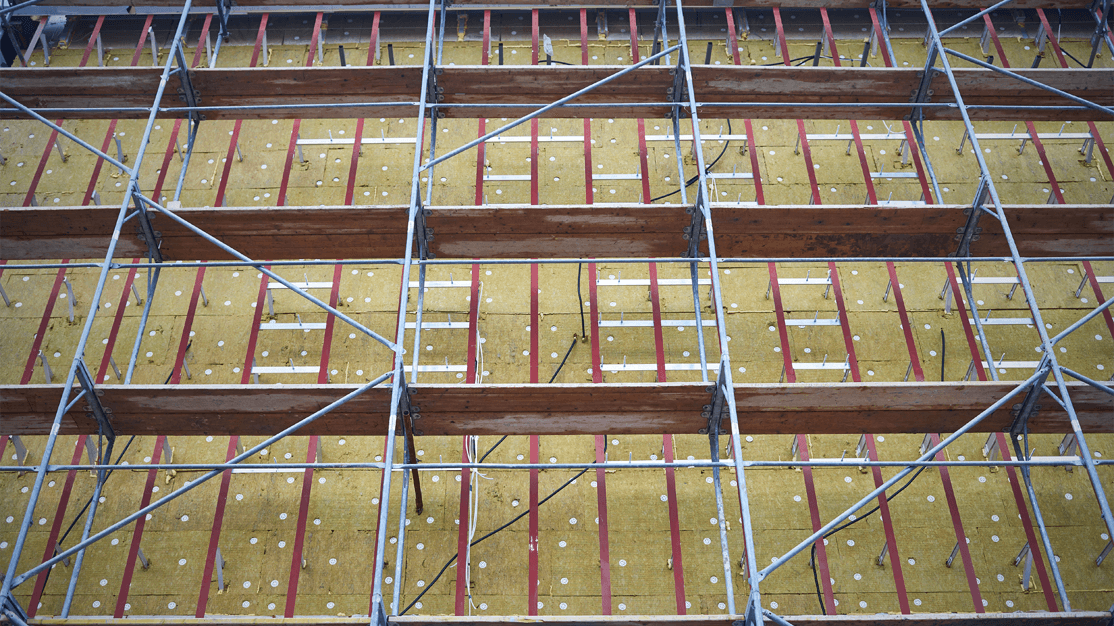
DOB Gets Serious About Energy Compliance
The DOB released two memos declaring intent to increase penalties for Energy Code violations. The first memo concerns energy compliance during the construction process. The DOB plans to issue violations that can escalate into class 2 ECB violations, which require proof of a remedy and may carry hefty fines.
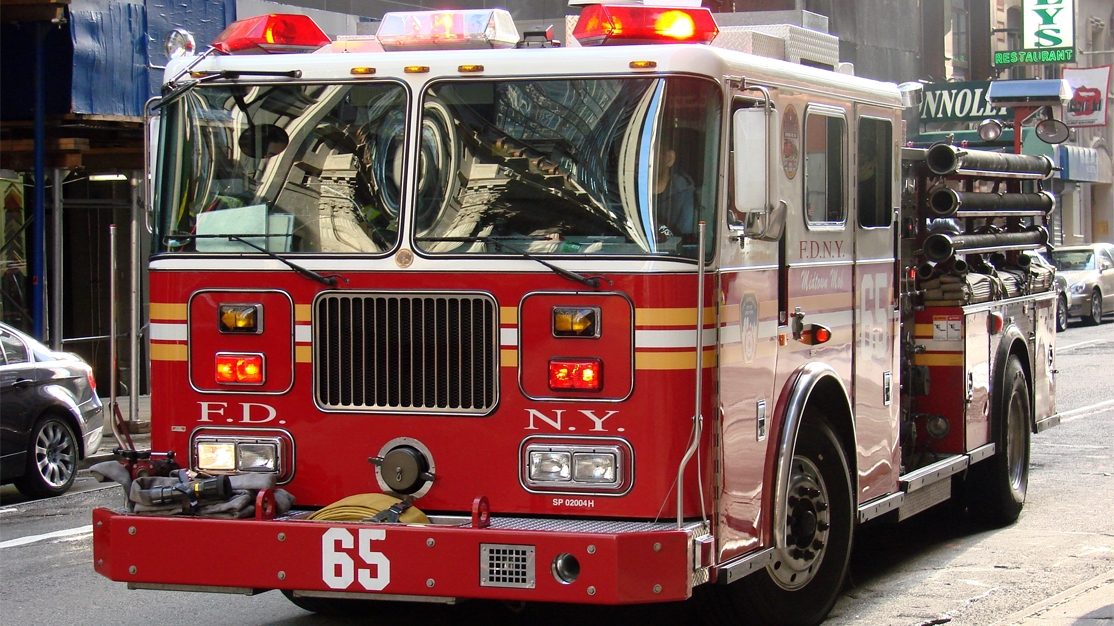
New Fire Codes to Know
So many new codes have been released since 2014 that building professionals are still catching their collective breath. The FDNY released a memo simplifying some of the most important changes in the 2014 Fire Code. The changes can broadly be categorized to include codes relating to fire escape plans and those relating to road and rooftop accessibility.
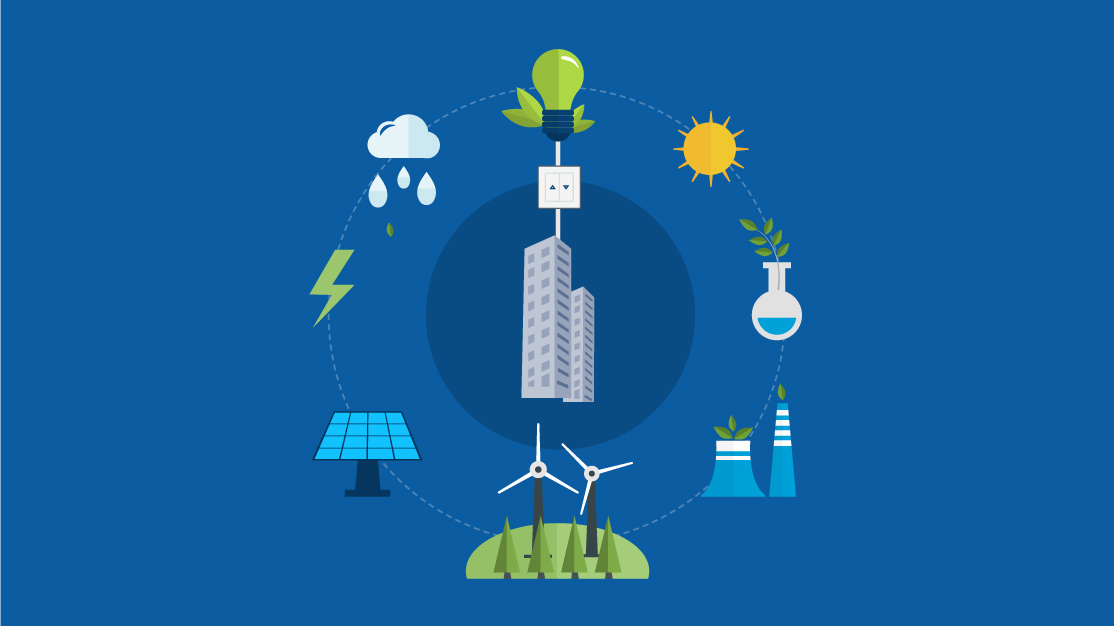
Is Your Building Benchmarked?
As part of its Greener, Greater Buildings Plan, New York City targets its largest buildings for annual energy benchmarking. Backed by Local Law 84, benchmarking requires covered buildings to report their annual usage of water, electricity, natural gas, fuel oil and more.
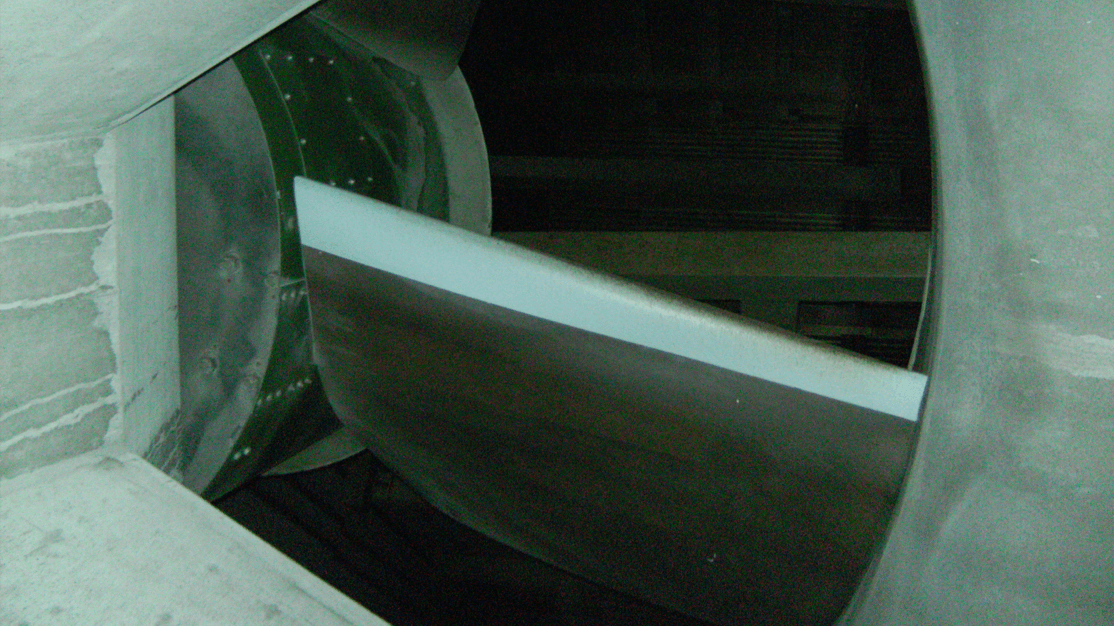
New Mandatory Cooling Tower Inspections
On August 7th, 2015 the Health Department made mandatory the inspection of all New York City cooling towers within 14 days. The inspection is the result of the recent outbreak of Legionnaires Disease pinpointed to bacteria found in cooling towers. In the last month alone, Legionnaires’ Disease has claimed 10 lives and hospitalized 100, all in the South Bronx.
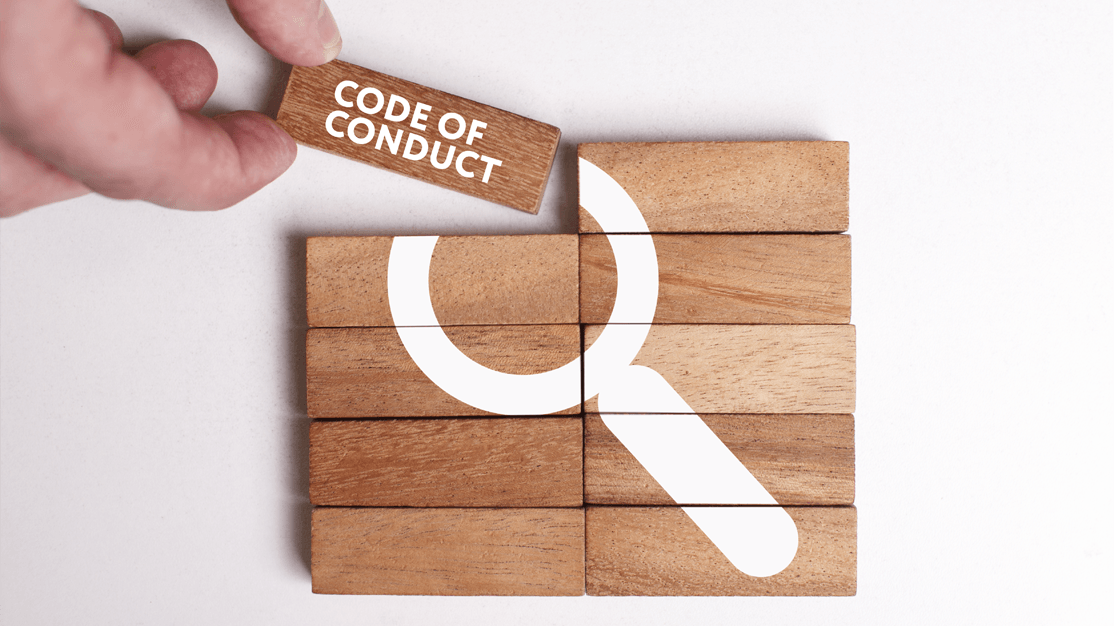
Building Etiquette
As expected, Department of Buildings Commissioner Rick Chandler released a Code of Conduct memo outlining the rules and regulations for industry professionals.
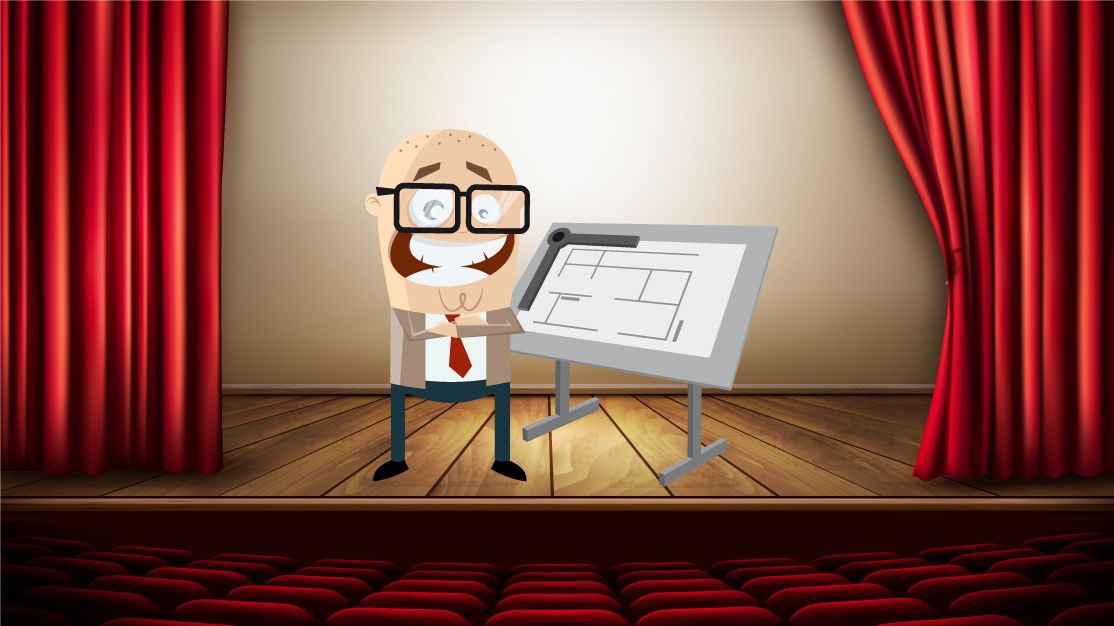
DOB Targets Bad Actors
Integrity is a pillar of DOB Commissioner Rick Chandler’s Building One City blueprint. DOB employees have been subject to a Code of Conduct since 2009. The Code of Conduct establishes ethical codes and standards of conduct for DOB employees. In the summer of 2015 the DOB will release an industrywide Code of Conduct that will extend to developers, professionals and other project stakeholders.
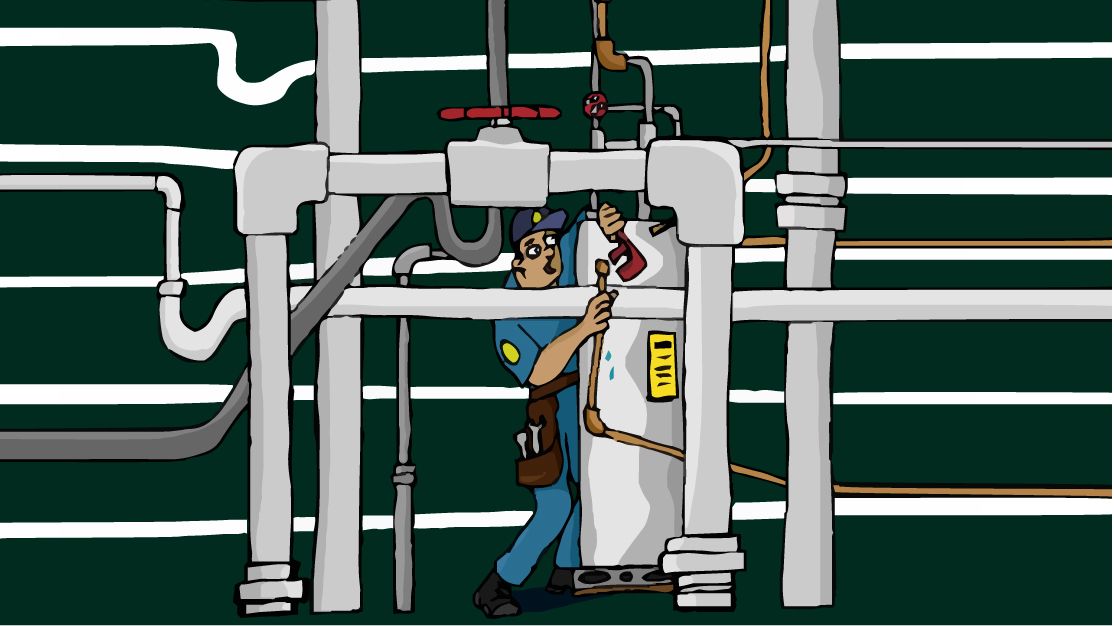
Commissioning Possible
Commissioning is a series of inspections by registered design professionals certifying energy performance of building systems are compliant with approved construction documents and the New York City Energy Conservation Code. Registered design professionals shall provide evidence of mechanical systems commissioning and completion prior to passing of final inspections. The NYCECC requires commissioning to ensure systems are not exceeding the energy use permitted by the energy and mechanical codes.
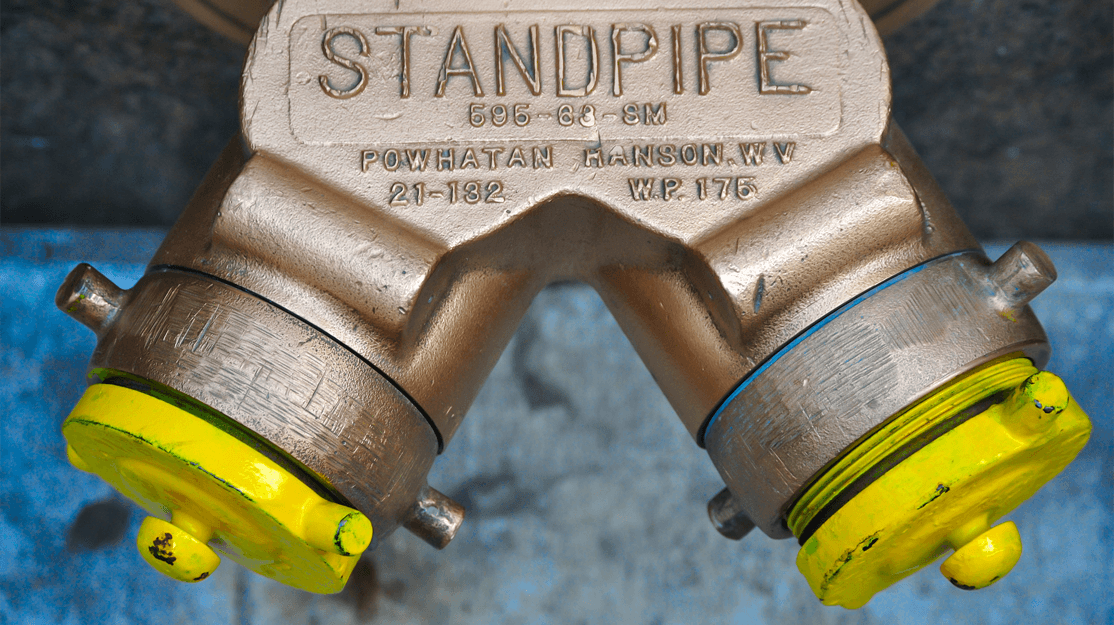
Why Are Siamese Connections Colored?
All mid-rise and high-rise building owners are required to paint Siamese connections, which are the two-headed pipes in front of buildings, red, green or yellow. Red represents a connection to the standpipe system, or the vertical pipes that run through a building. Green connections link to the sprinkler system of a building.
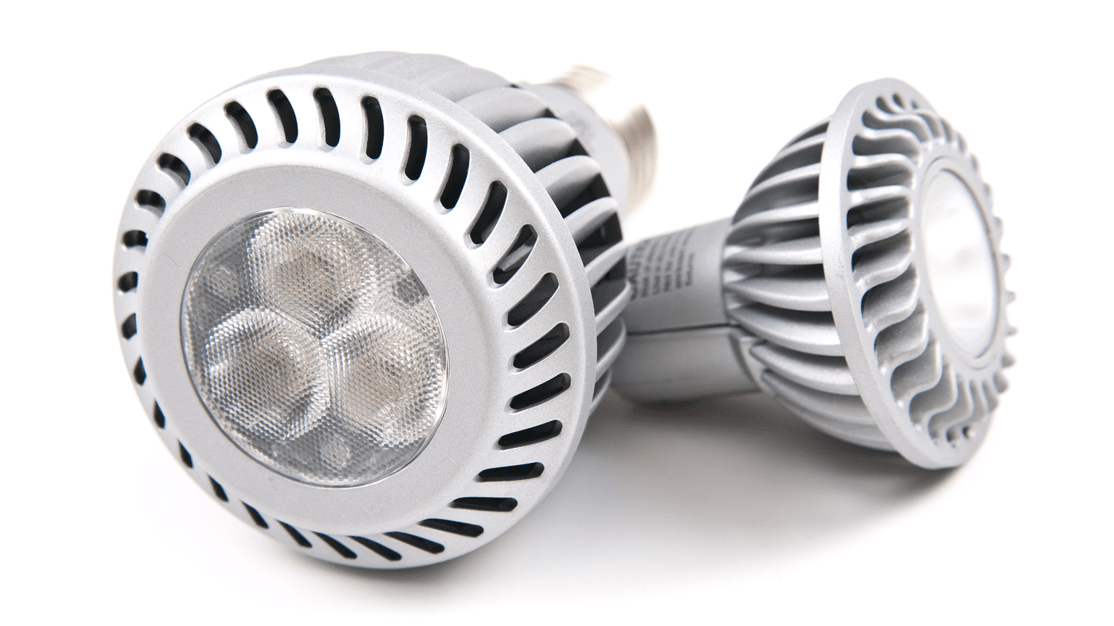
NYC Goes LED
The New York City Council voted to adopt the ECCCNYS energy code changes proposed by the New York Fire Prevention and Building Code Council of New York State. The changes will have a significant impact in migrating commercial buildings toward the use of more energy efficient LED lighting. Similar changes to promote LED use in residential buildings will likely come when the ECCCNYS revises the residential portion of the code in May of 2015.
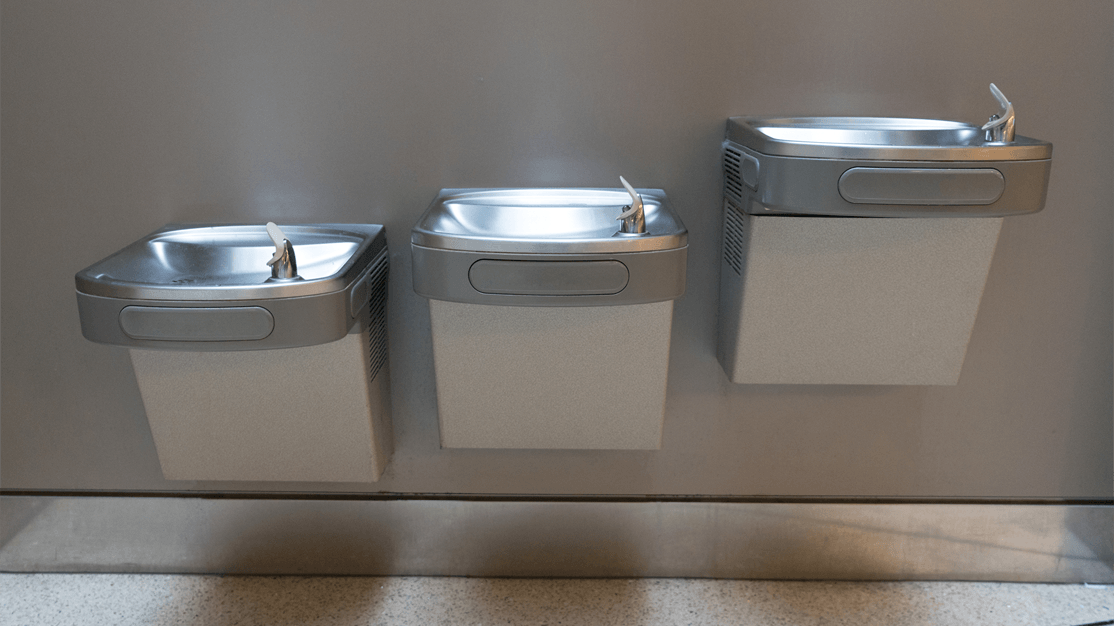
Have a Drink on NYC
Before the proliferation of water bottles, drinking fountains were relied upon to quench one’s thirst. But water fountains aren’t thoughtlessly installed into buildings. The New York City Plumbing Code has clear-cut laws on access to water and water fountains.
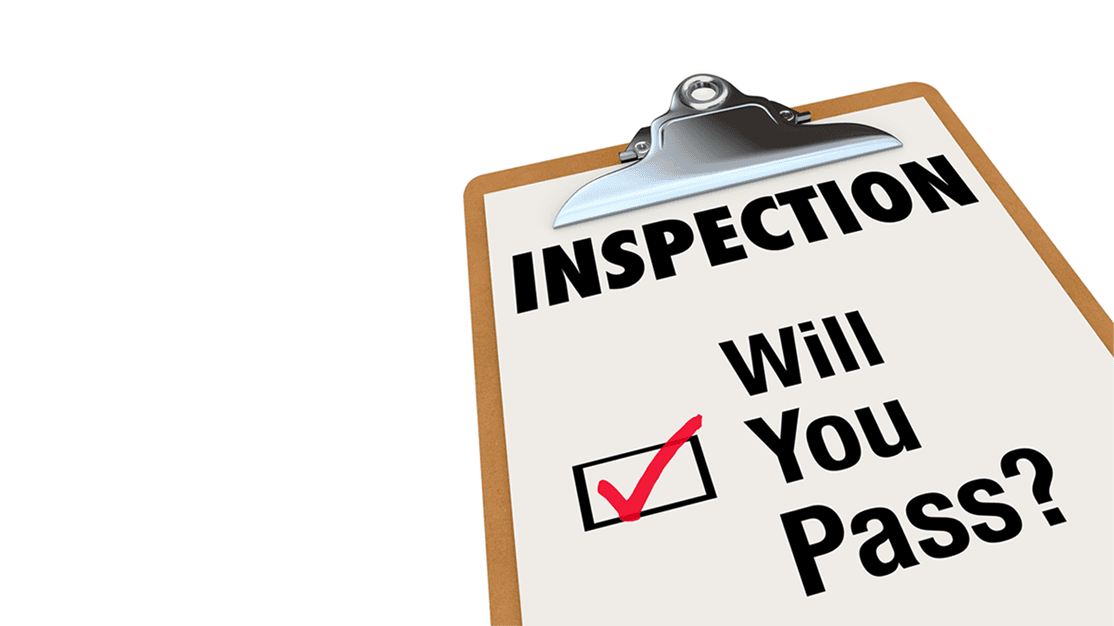
New Special Inspections to Rollout in 2015
Architects, engineers, contractors, and inspectors need to familiarize themselves with the new special inspections debuting with the 2014 Building Code that rolls out on December 31, 2014. Here are some of those new special inspections.
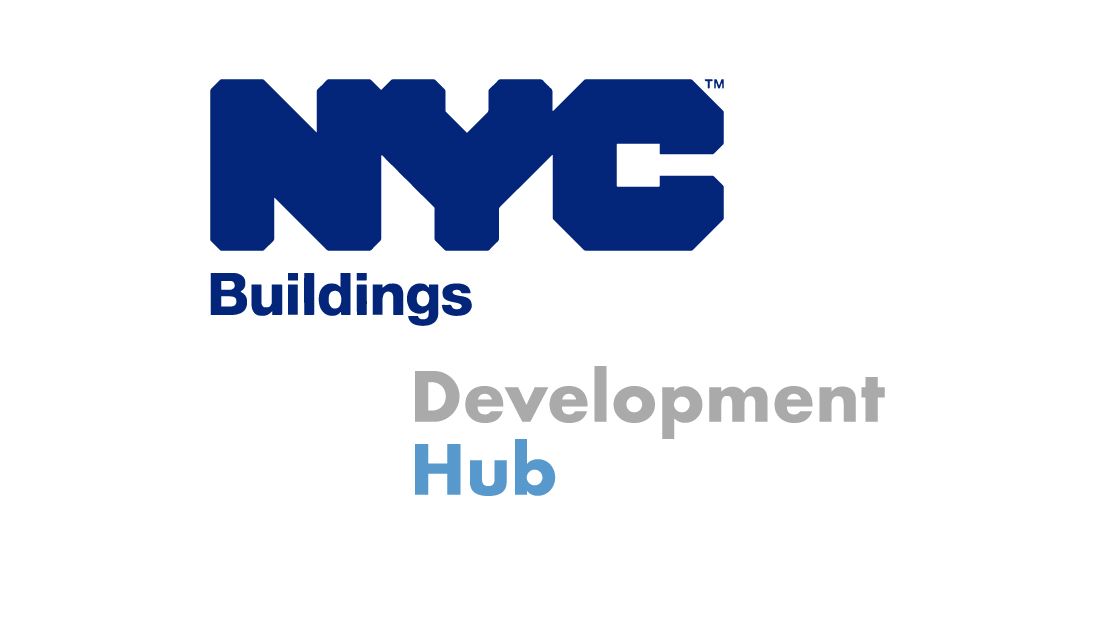
Development Hub or Borough Office?
In 2011, the DOB digitized the job filing process in New York City with the launch of the Development Hub. The Hub was a pivotal change in job filing procedure. When it comes to document exchange, drawing edits, meetings, and access to plan examiners, the Hub has been instrumental in streamlining the filing process. However, filing within the Hub may not be the best option for every job.
